salars de coipasa and uyuni
Since we began seeking inspiration for our Americas tour a few years back, several prominent highlights stood out – some must-see locations that are unique to the world, be they natural or crafted by the hand of humans.
It’s a list that’s probably common to many Trans-Americas cyclists: Canada’s Icefields Parkway, The United States Great Divide, Mexico’s Baja Peninsula, The Mayan ruins of the former Mesoamerica, the Cordillera Blanca, Machu Picchu, the Argentine/Chilean Puna and the granite torres of Patagonia, and that’s just to name a few. But a region that virtually no cyclist misses are the famous salars, and in particular, the world’s biggest salt flat: the Salar de Uyuni.
Superlatives and astonishing facts abound in describing this place: for a start, it’s the flattest place on earth, covering around 10,582sq km in a salty expanse that varies less than one metre in relief over its entire breadth. It’s so flat, even and cloudless, that it’s favoured for calibrating the altimeters of Earth observation satellites. The salt itself is up to several metres thick, covering a brine which is so rich in lithium it contains between 50-70% of the world’s reserve.
For riders coming off the Ruta de las Vicuñas, as we did, the logical connection is to cross the smaller Salar de Coipasa and then the expansive Salar de Uyuni, usually to the historic rail-town of Uyuni where riders can rest and resupply before embarking on the also popular corridor for adventurous cyclists, the Lagunas Route.
We’d taken a half rest day in Pisiga Bolivar after crossing back into Bolivia from Chile, so left after lunch for the flat, but sometimes sandy, ride across to the salar-edge village of Coipasa. This is the official finish of the Ruta de las Vicuñas. Coipasa sees a smattering of cyclists, motorcyclists and overlanders pass through who are headed for Salar de Coipasa, the smaller northern cousin of the Salar de Uyuni.
There we bought some last minute food items from a reasonably well stocked tienda and filled our bottles with slightly saline well water — the last fresh water supply for 24 hours.
From Coipasa we followed rough tracks around the edge of the salar and blasted off across its surface, headed for a salar-edge POI we’d seen on iOverlander that was a recommended camping spot. At first I had to keep reminding myself I wasn’t riding across ice and that I wasn’t going to fall through — the sensation and formations of it are that similar; there’s buckling of the salt sheet near ‘land’, occasional pools and surface cracks.
But get a little further out and the surface is solid, although its smoothness varies a lot, from quite easy rolling to constant lumps that make it slower travel.
We camped that night on the edge of the Coipasa ‘Island’, which like many of the salar’s islands is a barren, cactus-studded volcanic lump emerging from the salty plain.
Our Colombian compañeros (who we’d first met on the highway between Patacamaya and Sajama) had also ridden Ruta de las Vicuñas and had agreed to camp in the same spot. We found a sloping tent site among the rocks but a relentless wind blew most of the night filling the air with the sound of flapping tent fabric.
Dawn came much calmer and we left early, keen to make time before the wind worsened with the warming day.
Soon the two of us were alone, far from ‘land’ and surrounded by a glaring off-white expanse of salt. It’s a truely unique experience, with so much bright blue sky visible and the horizon only gently interrupted by the forms of ancient volcanoes.
The only sound was the crunch of the salt crust beneath our tyres and our own breathing. Otherwise silence; no birds, no trees swaying in the wind. The sky a deep blue dome overhead. All surrounding land appears as islands — perfectly reflected — floating above a shimmering mirage. Scale and distance becomes impossible to accurately guess. I’d always thought that being at 3600m, the air on the salars would be cool but it’s really quite hot with so much reflective surface and the wind was warm and dry. Even into the early evening the temperature remains warm and the mercury did not fall below about 5c at night (relatively warm for us!)
Compared with the drier Salar de Uyuni, Coipasa has quite a wet surface in places, so it’s common to come off a crossing of this one with salt caked all over your bike, and we were no exception.
It took us about three hours to cross, and as we neared the far side the purity of the place was starkly interrupted with the rusting carcasses of several cars. We saw about six in total. Why they end up out here, I have no idea.
We followed a salt ‘road’, smoothed by vehicle tyres along the edge towards Tauca. Despite being mostly abandoned, we did find running water in the yard of one house and used that to rinse the salt encrustations from the bikes while eating lunch in the forlorn village basketball court. We filled our bottles, not sure if we’d find more water or not until the next day and continued towards Luca, where the road turned inland to continue towards the Salar de Uyuni.
People in Luca see few cyclists, or gringos in general, so we were the centre of attention for the school kids who had just finished up for the day. Most cyclists take a route slightly further west, but we’d been given a good GPX through this remoter area by two lovely people, Andreas and Anita who I met while I was biking up the Death Road a few weeks back.
We snacked on coke and ice-creams outside a tiny mud-brick walled tienda, watching the town’s canine inhabitants stroll past the store in hope of food. A few school kids came and went, double taking at us, as they bought their after school treats – some habits are intercultural.
Our lonely road continued gently towards the pass that separated us from the Salar de Uyuni, but by now a strong afternoon headwind had come up so we tucked our heads a little and upped our cadence, holding the handle bars narrowly. About 30 minutes before dark we found a passable campsite among some volcanic outcrops. It wasn’t completely sheltered from the strong wind, but sitting down, the wind passed over our heads.
We were just pulling the tent out of the bag when a tractor slowly rumbled around the corner, kicking up a big trail of dust. It stopped opposite us and the door creaked open. An old man in grease stained overalls climbed stiffly down and walked across the desert towards us. He asked – almost gruffly – what we were doing. When we explained we planned to camp there he shook his head and told us there was an estancia (ranch) a little further up the road and that we were welcome to stay there.
“Sigue me. Diez minutos, no mas” he said and walked back to the tractor.
The ride felt more like 20 minutes, and by the time we reached the tiny village we’d nearly caught up to his tractor too. The man walked back to meet us as we reached the village’s squat mud brick dwellings and led us into a small courtyard that was strewn with firewood and the detritus of a remote farming life. He pushed open the steel door of a small room that contained a motor bike, two beds, sacks of quinoa and potatoes. He pointed to a pila (tap) outside and with barely a word, left us to it for the night.
We couldn’t believe our luck: shelter from the wind and a bed for the night, with water nearby. After so many nights in the tent recently, we really appreciate the simplest comforts.
In the morning the now rock strewn road made a final steep climb up to the pass. Some washouts on the other side of the pass mean this road has been abandoned, so it was just us with hundreds of vibrantly flowering cacti for company.
A descent made technical with large rocks and ruts led us down to first one small hamlet and then another, until we reached the edge of the gigantic Salar de Uyuni. We followed its rim for a while and then turned inland again to cross a small pass over to the village of Tahua. As we did so the towering red and orange streaked cone of Volcan Tunupa (5321m) came into view.
There is a not a lot going on in Tahua, but for cyclists it’s an essential resupply stop for food and water. Between the three tiendas in town it’s possible to buy most basics if you are headed onto the salar. A small tienda on the west side of the plaza served simple almuerzos and cenas and you might even be able to get a basic breakfast there. We found a basic room in a hostal, left our equipment and went for a late afternoon hike up the volcano, climbing about 300 metres up the dirt road in time to catch a blazing sunset over the surreal landscape of the salar.
We took it easy the following morning, with just a 30km ride across the salar to Isla del Pescado planned. The afternoon wind was gentler than expected and the air warm as we left after lunch to ride, with Volcan Tunupa slowly receding into the distance.
The ‘islands’ of the salar are one of its defining features. The ancient remains of volcanoes, totally arid and at times buffeted with gale force winds, the islands are home to thousands of tall cacti (some growing up to 12m) making them very photogenic and pleasant to explore, for cactus lovers at least. Most cyclists and tourists head to the famous Isla Incahuasi in the salar’s centre (it’s a valuable water resupply) to camp but if you’re looking for a more remote and less touristy experience, Isla del Pescado is a great option. We were alone on the island for the night, with just one overlander vehicle parked slightly ‘offshore’.
Crossing this first part of the Salar de Uyuni it soon became apparent that it’s much drier, smoother and more beautifully patterned than the Coipasa. Standing out on the salt as the sun nears the horizon is an unforgettable experience as the light and colour reflects wildly, with its low angle making all the features of the salt prominent.
The highpoint in the distance is Volcan Tunupa.
We had quite a windy night, but it stopped almost completely by midnight, and then I was up at 4am to walk quite high on the island in hope of catching the Milky Way as the first of the pre-dawn light crept into the eastern sky.
The warmth of the early sun was welcome after a cold and breezy wait for dawn. And with the sun the island and its surrounds came to life with colour and shadow, its subtle features becoming prominent as long shadows fell across the salar.
Our strategy to experience the best of the salar was to spend one night on a remote island and another alone in the middle of the salt. So we made a bee-line firstly for Incahuasi (to get water and a meal from the basic restaurant there) and then on towards Uyuni until we were in the middle of nowhere. Sometimes we just crossed open salar and others on the ‘roads’ where the salt has been smoothed by countless tourist and supply vehicles.
The little dot by Hana’s head is Incahuasi.
The salar reminded us a lot of the experience of being on the famous Black Rock Desert playa at Burning Man in Nevada. The starkness, light and sense of space are all very familiar. The salar surface makes a giant reflector in the same way as the playa — filling shadows and under lighting subjects to make for a unique and pleasant light at any time of the day. The only difference is that the playa is a fine talc-like dust rather than salt.
We rode until we found a really nice area of geometric forms and then set up camp in the late afternoon light, there was even time for a brief nap after our customary bowl of tea.
We’d sought solitude, and we found it.
Conditions could not have been better: a very mild evening and a windless night to enjoy the changing light as the sun dropped to the horizon.
I was up even earlier than the previous morning, catching the Milky Way directly over camp, the stars brilliant in the incredibly clear sky. To the south and east we could see the lights of Uyuni and small villages glowing on the horizon.
And as dawn approached, a stunning blue hour light illuminated the salar until the warm light of the rising sun came.
We ate breakfast early as the sun slowly rose, walking around the salt, turning often to take in the unique sense of space and the special light. Once the show was over we packed camp and made the final ride off the salar to the highway and into Uyuni, arriving in time for lunch. Next we found our way to the famous Uyuni casa de ciclistas (Casa Pingüi) where we were reunited with the Colombians and a host of other international cyclists. The casa was our base for the following few days as we thoroughly washed the bikes, blogged, rested, ate lots of food and resupplied in preparation for the classic Lagunas Route. Coming next…
Thanks for reading!
Do you enjoy our blog content? Find it useful?
Creating content for this site – as much as we love it – adds to travel costs. Every small donation helps, and your contributions motivate us to work on more bicycle travel-related content.
Thanks to Otso Cycles, Big Agnes, Revelate Designs, Kathmandu, Hope Technology, Biomaxa and Pureflow.

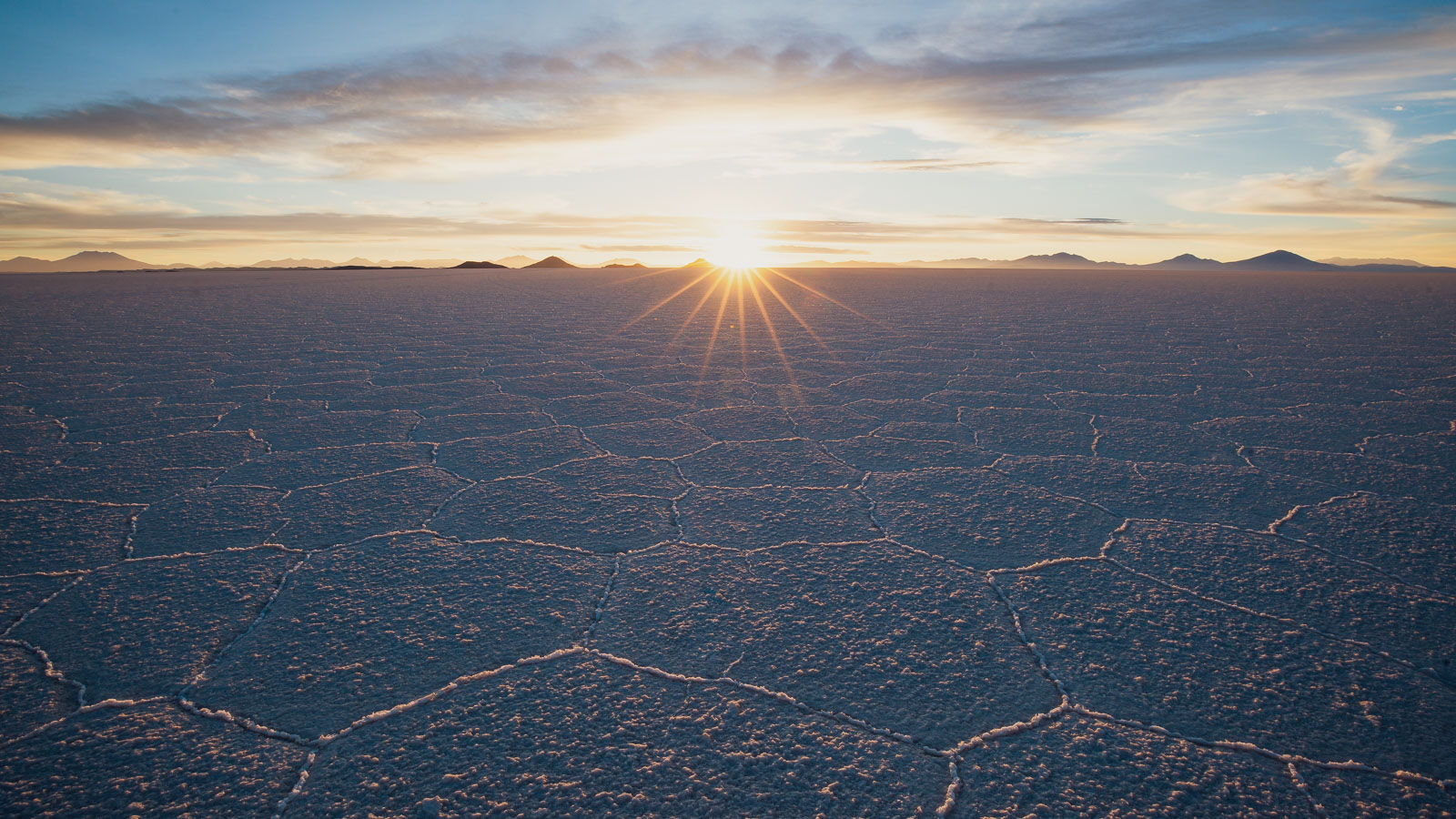
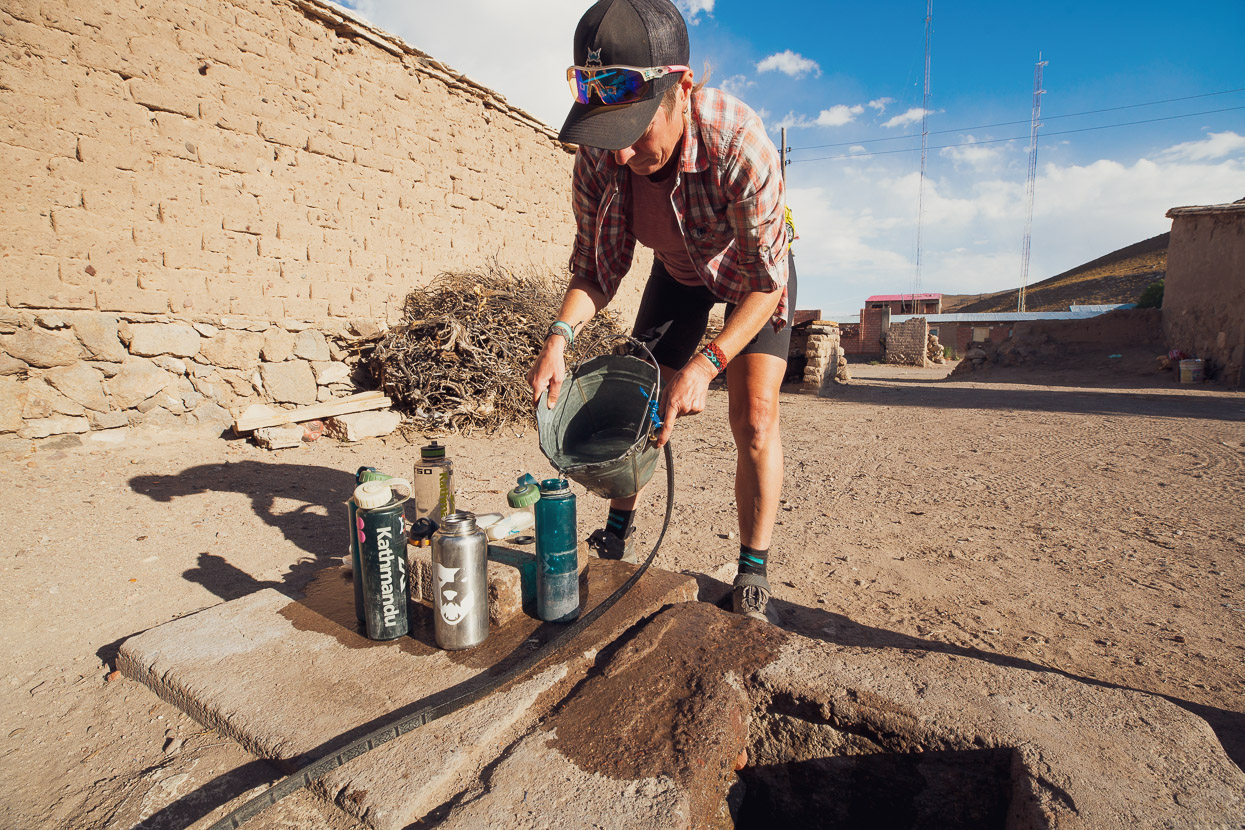
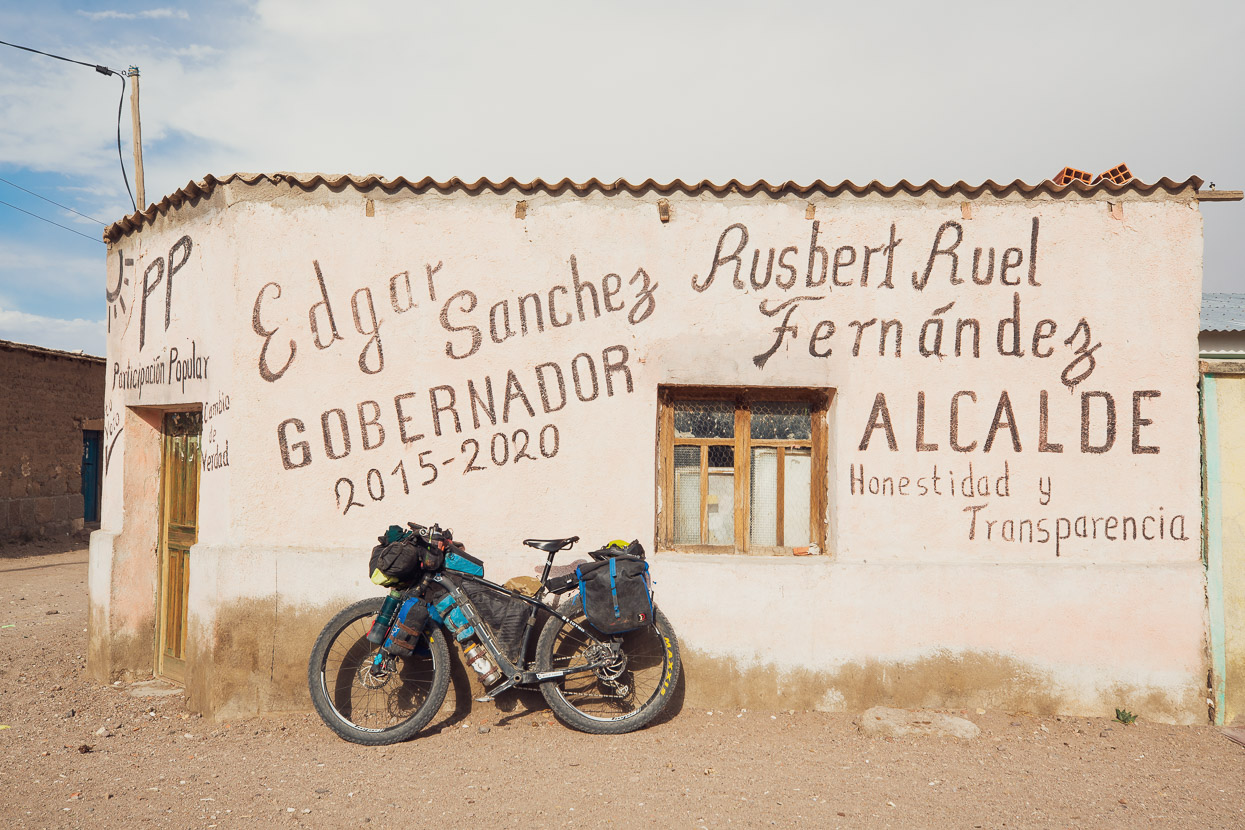
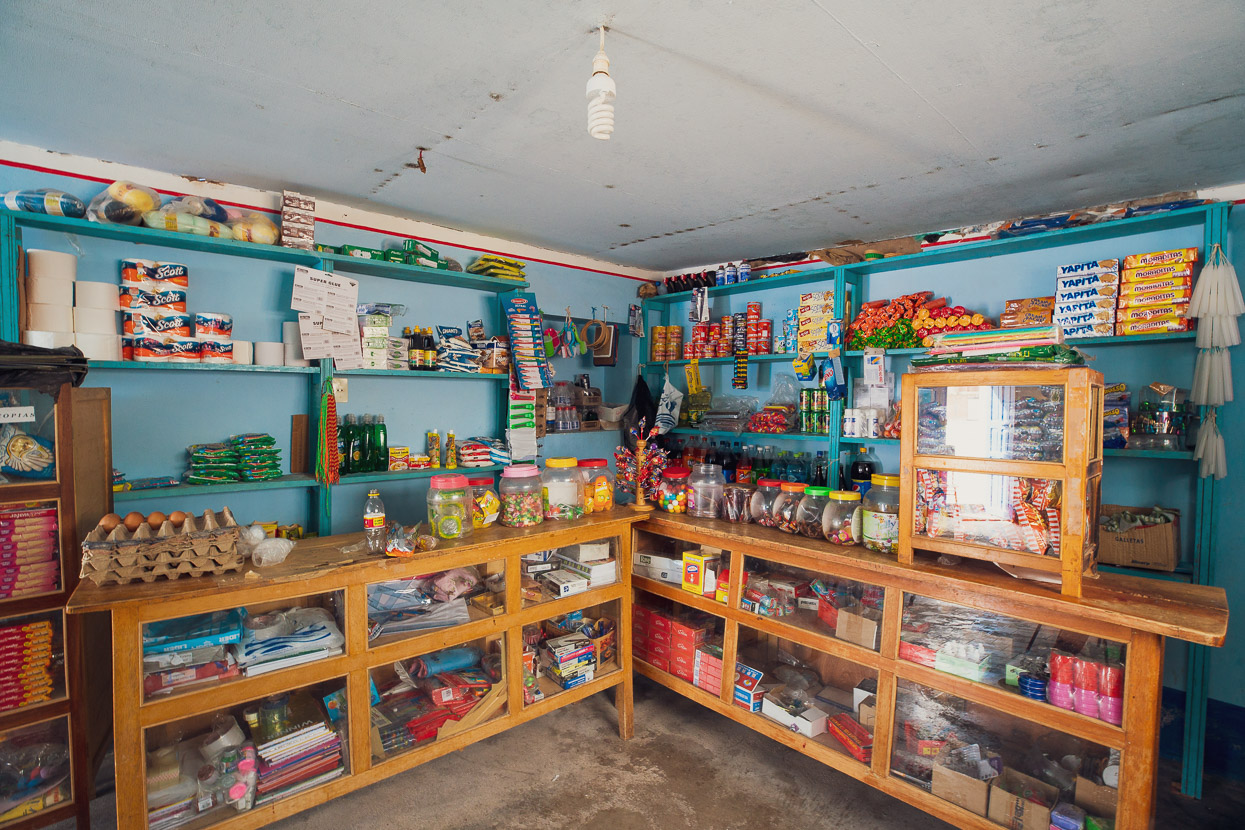
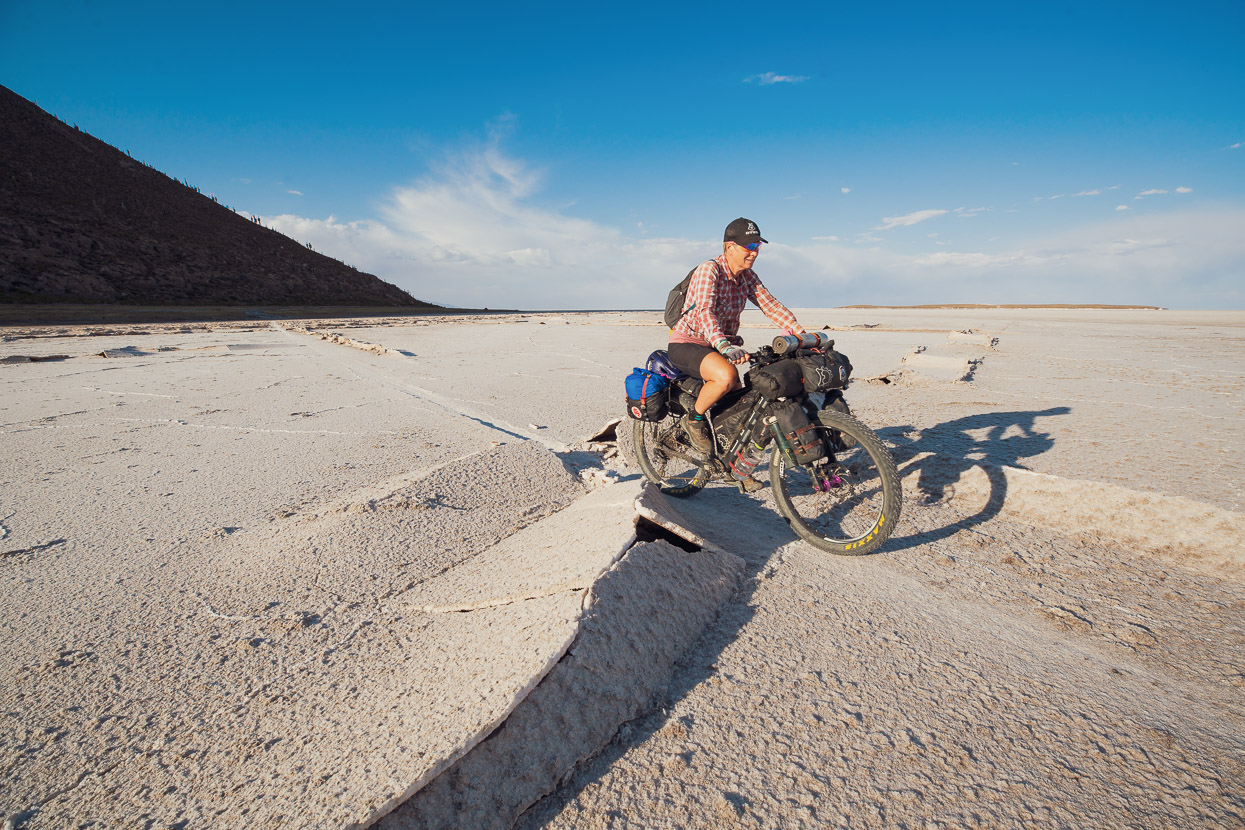
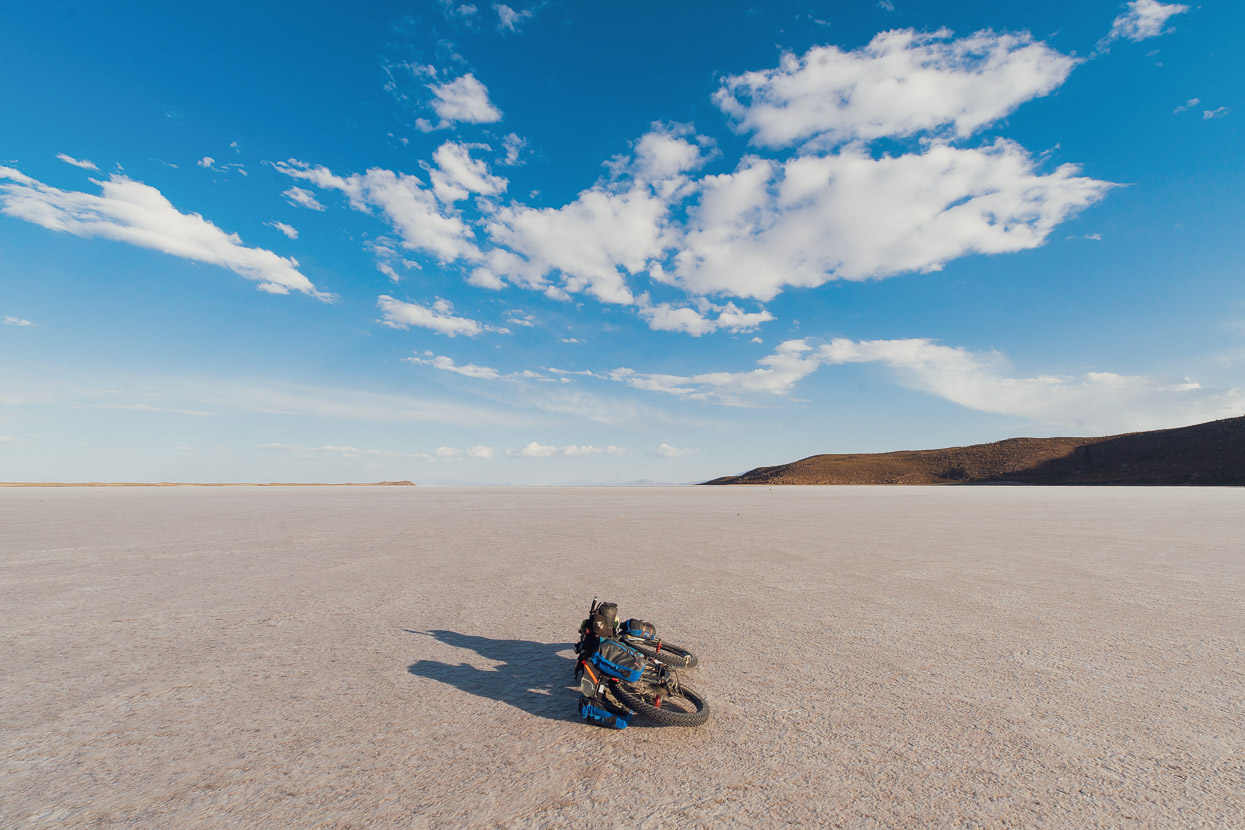
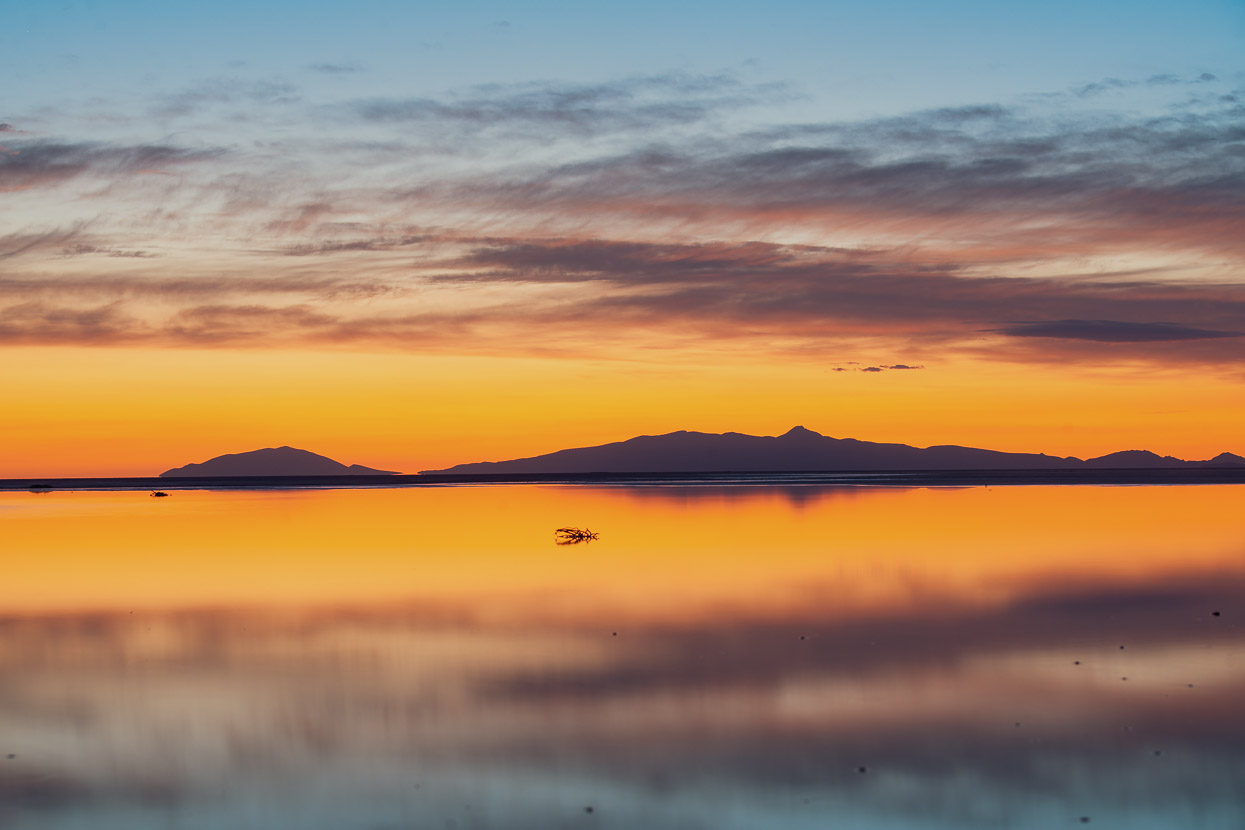
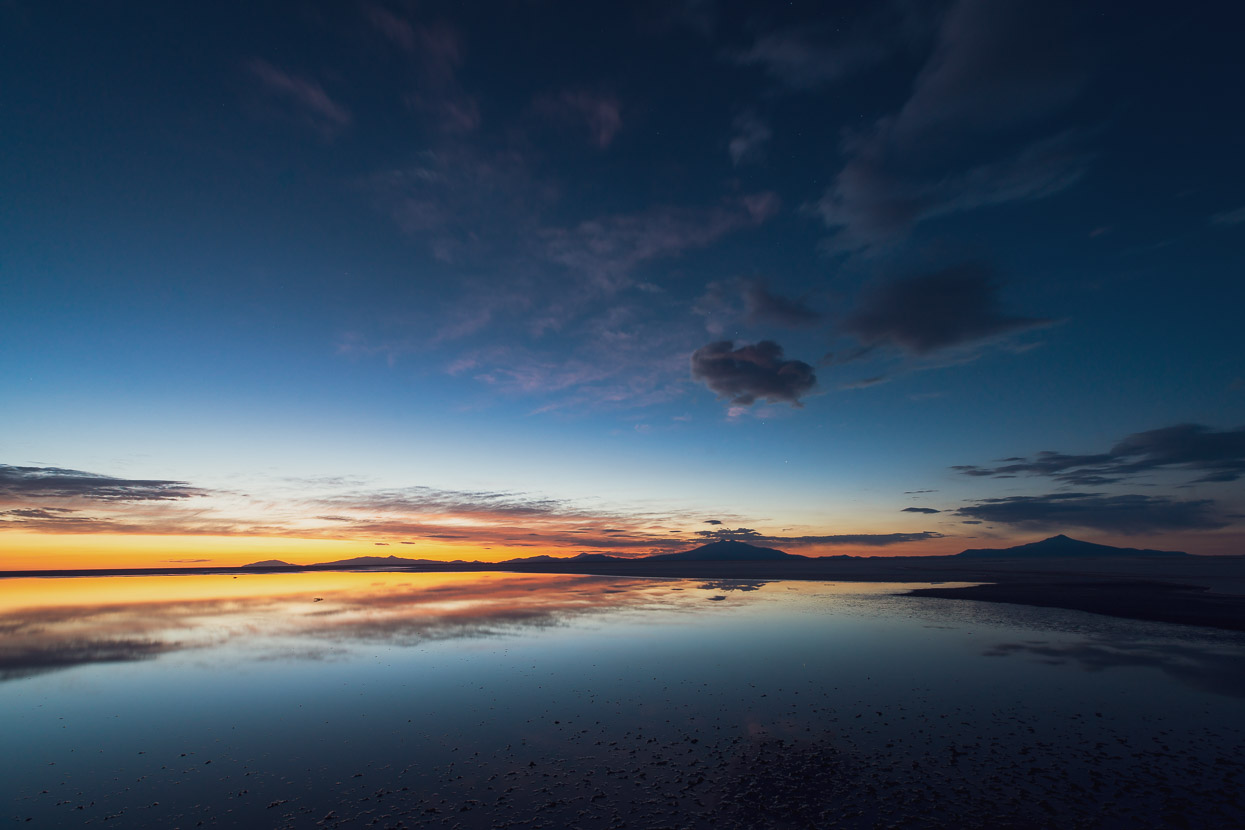
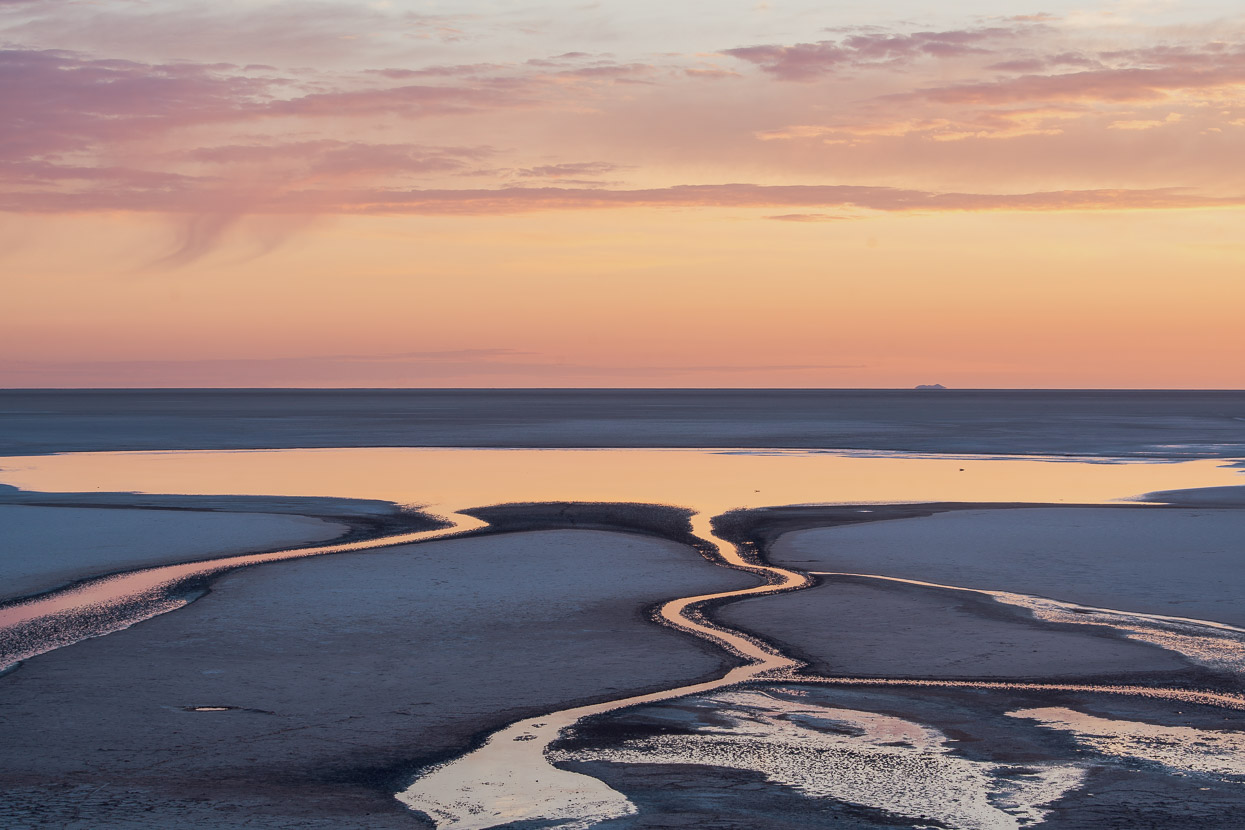
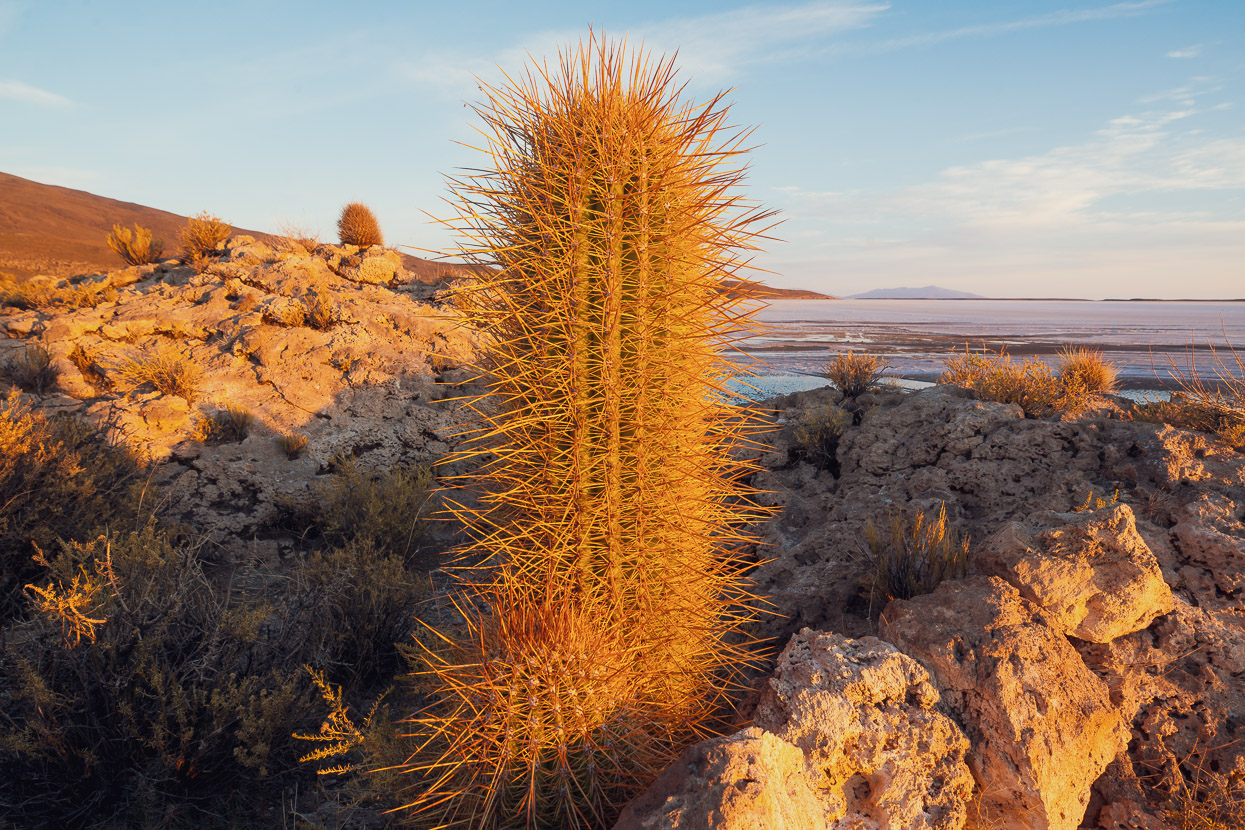
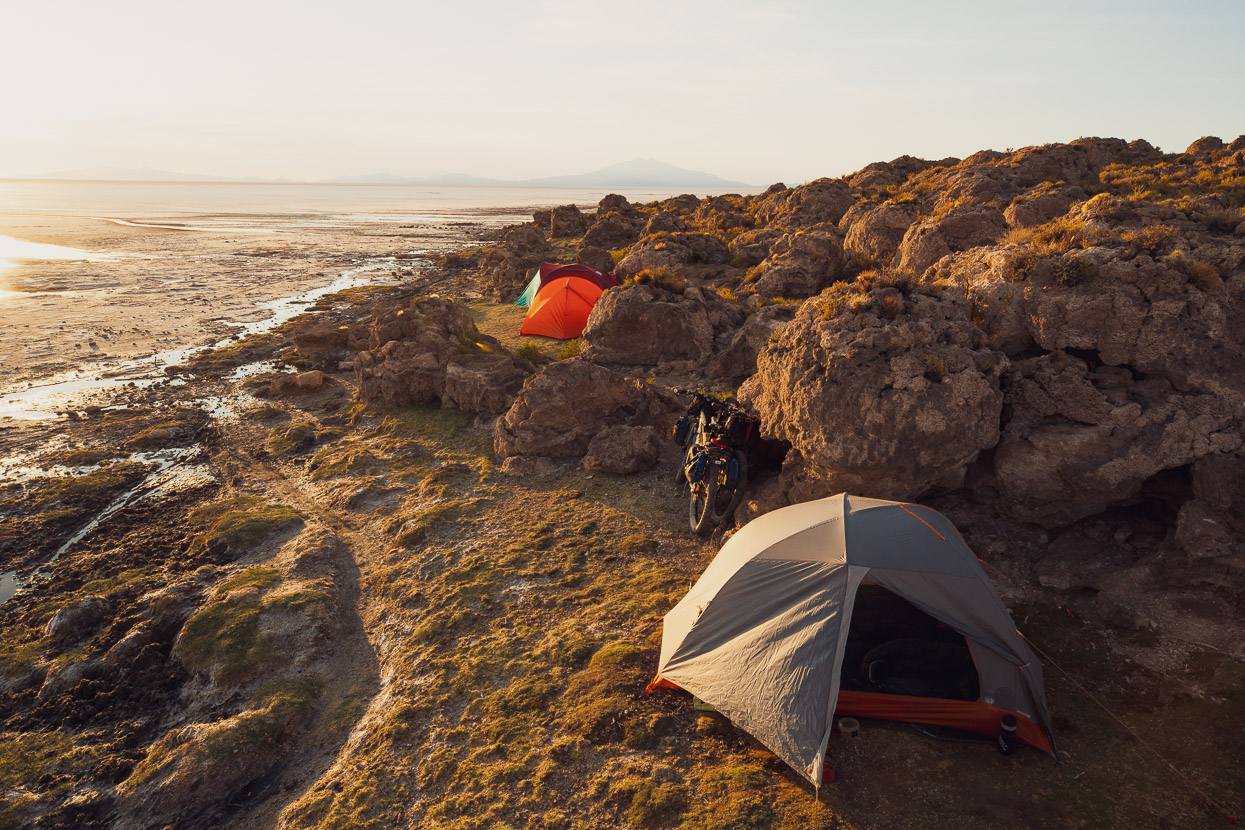
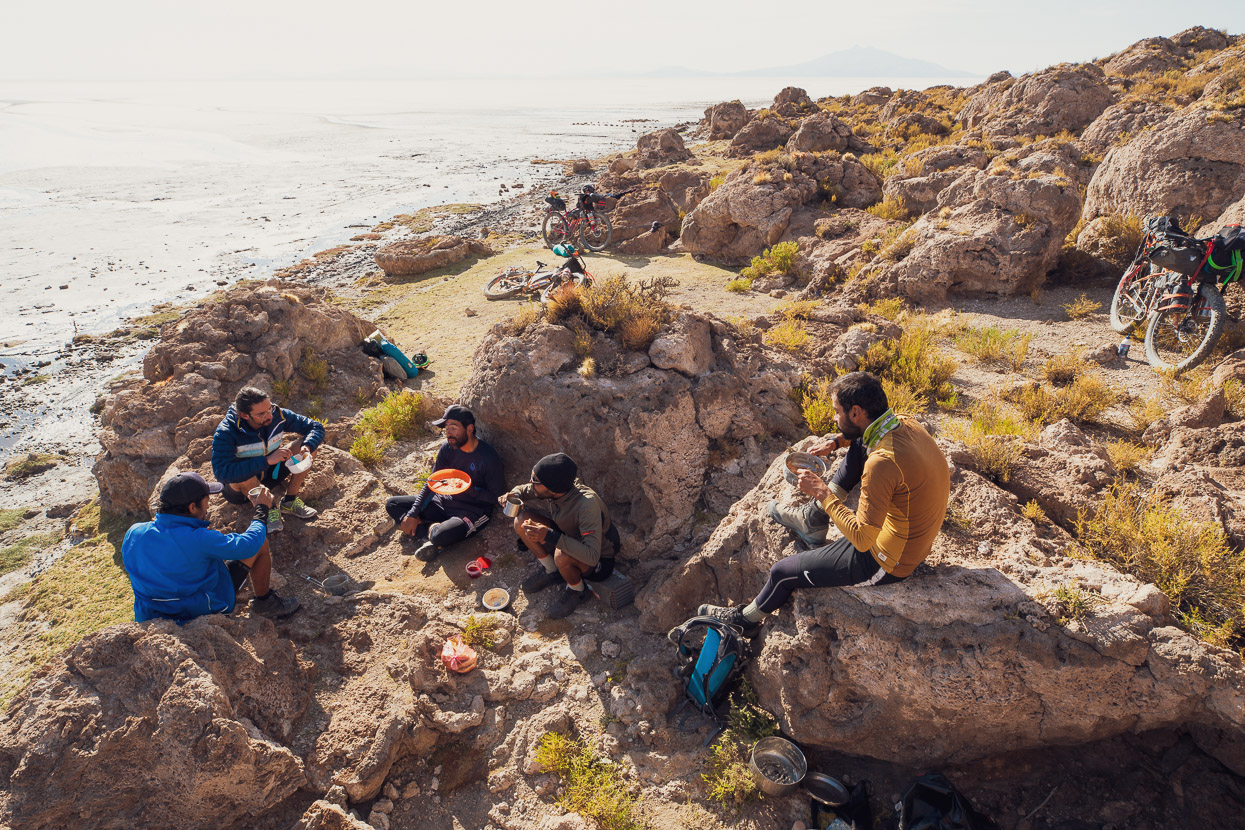
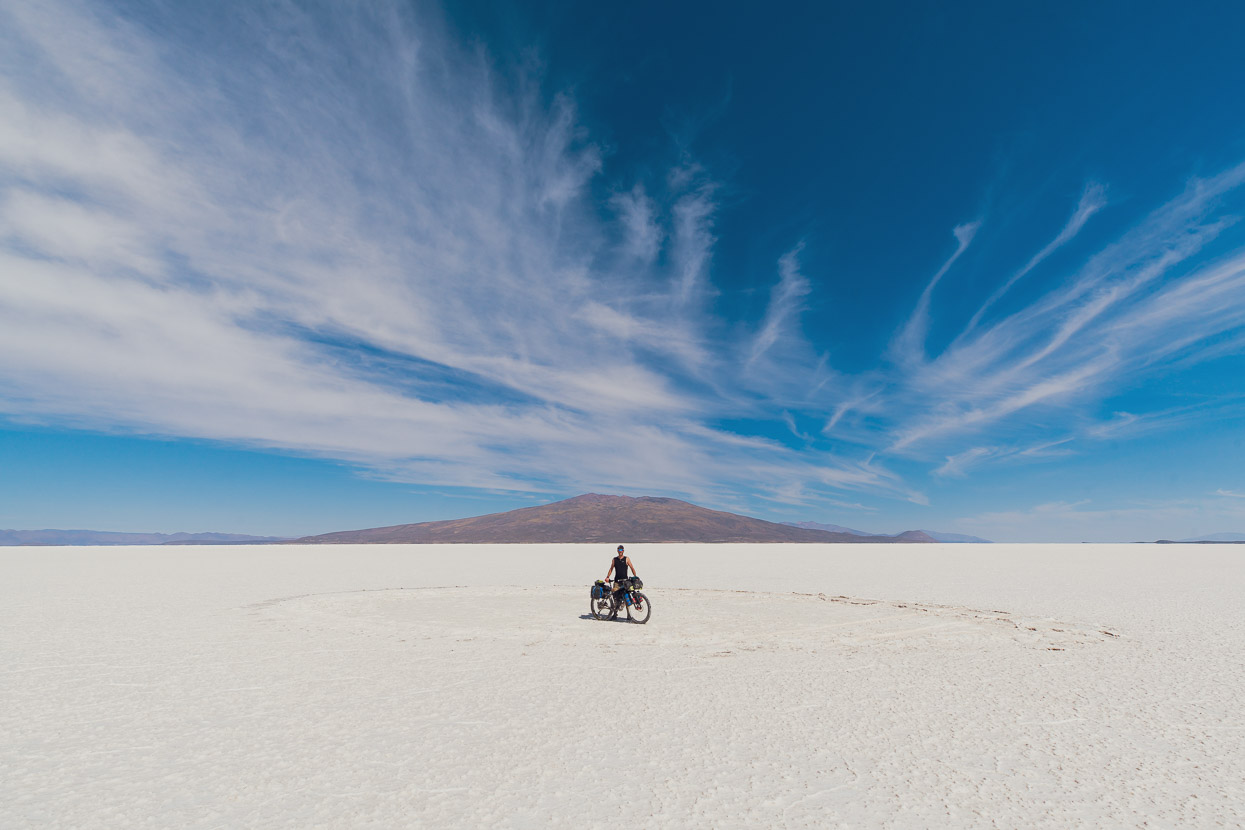
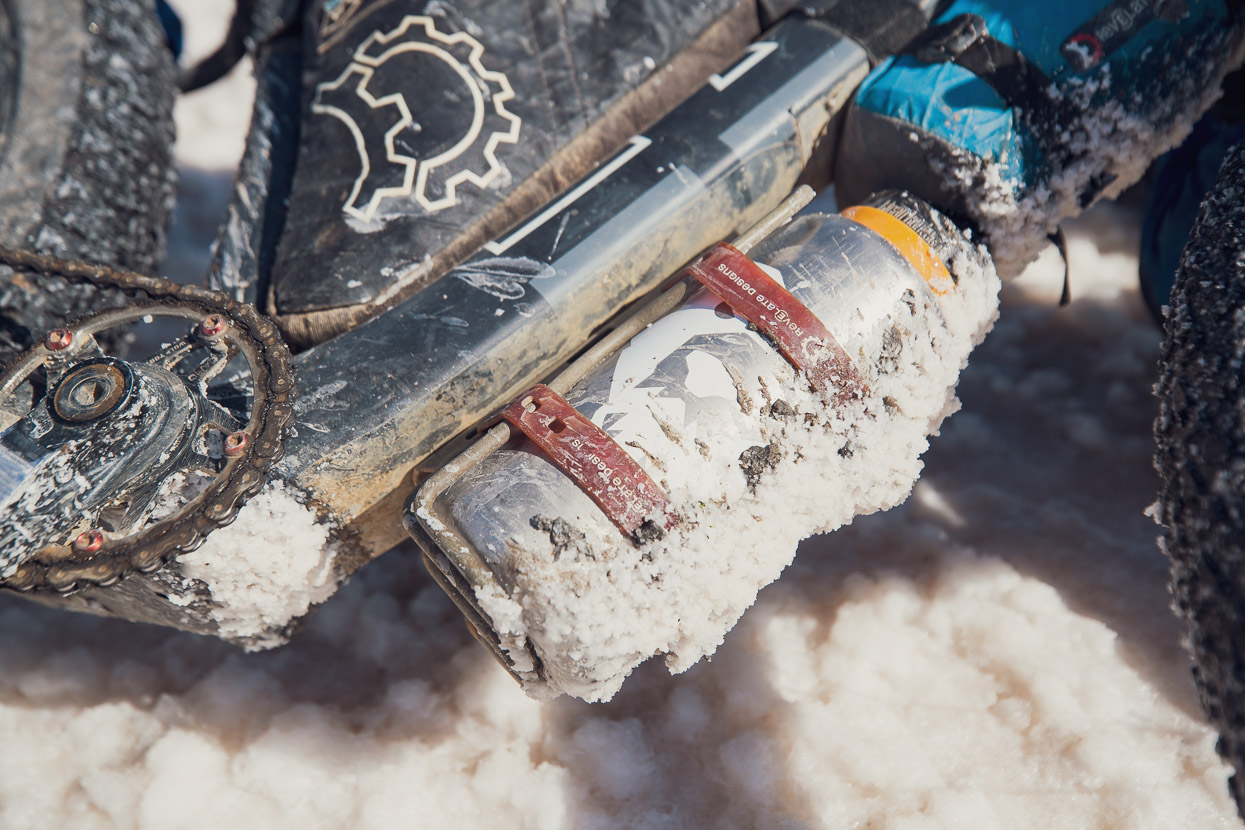
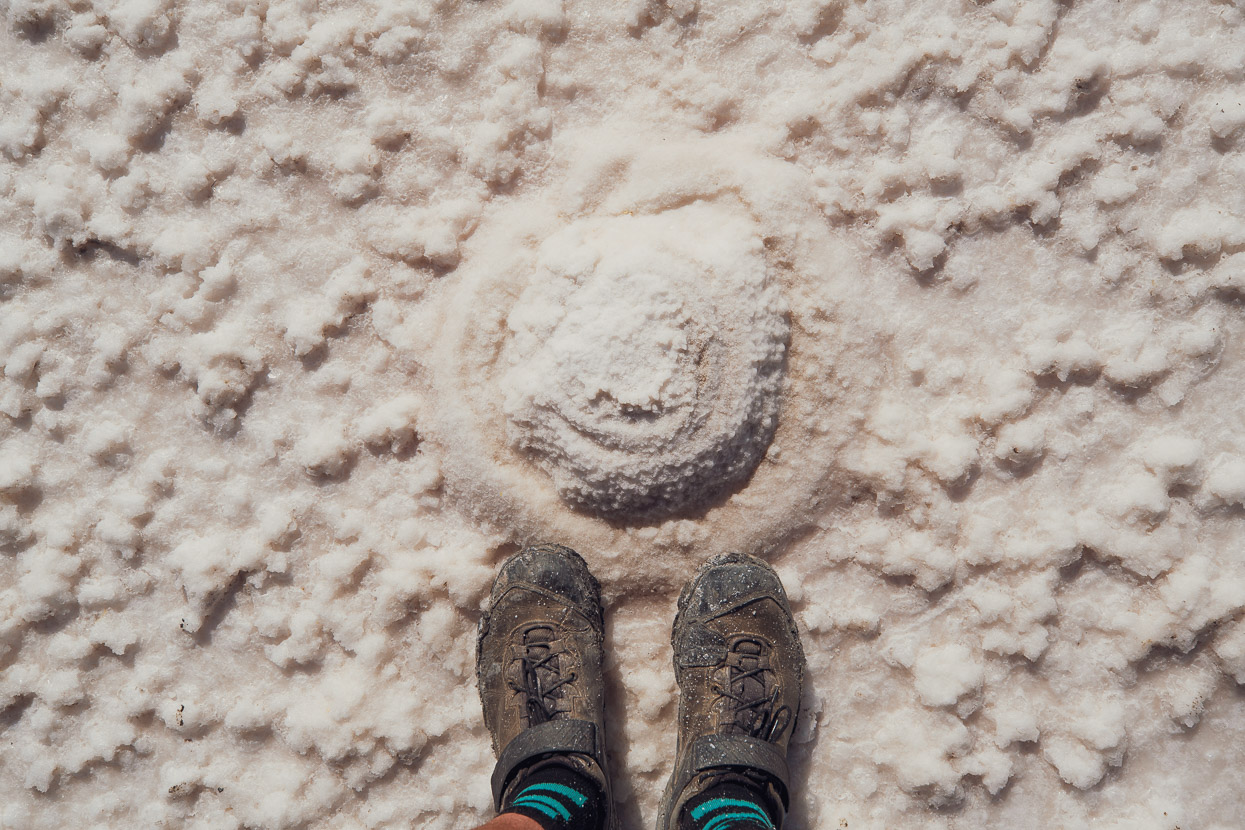
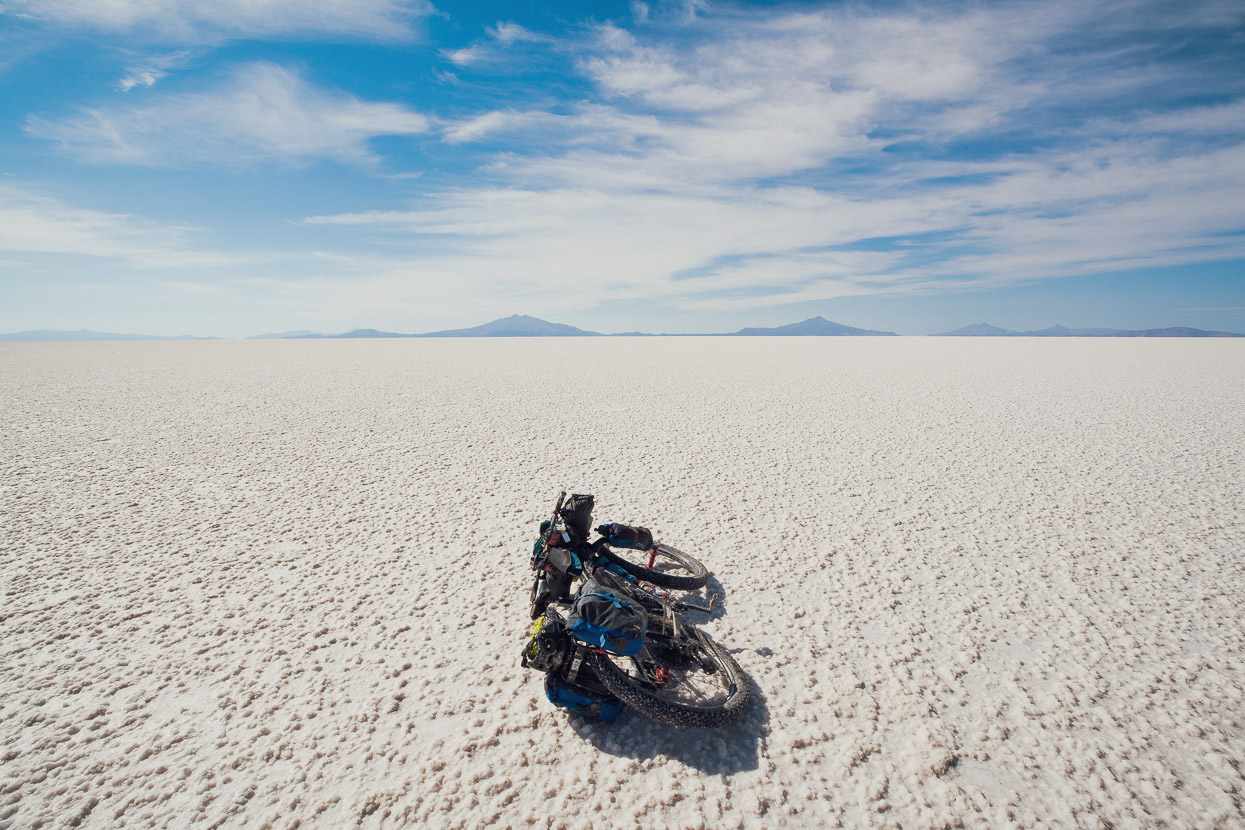
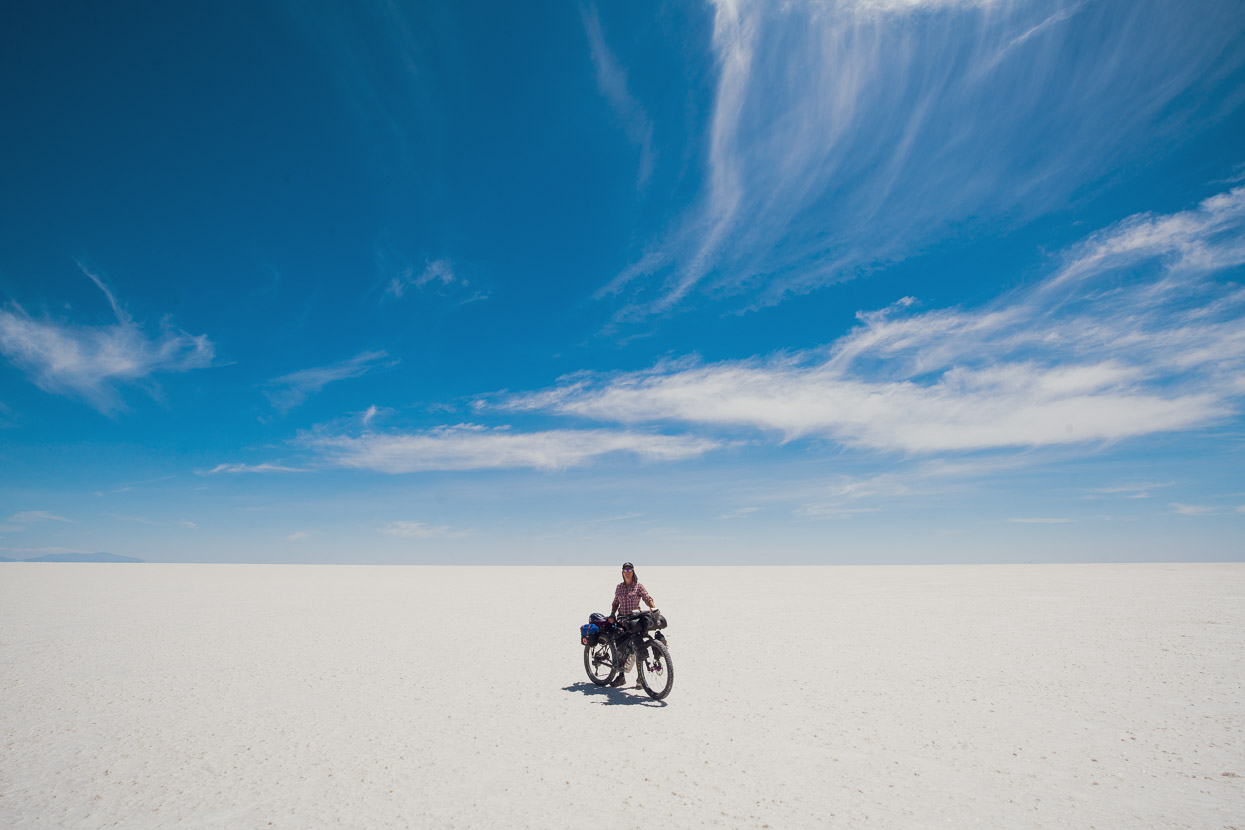
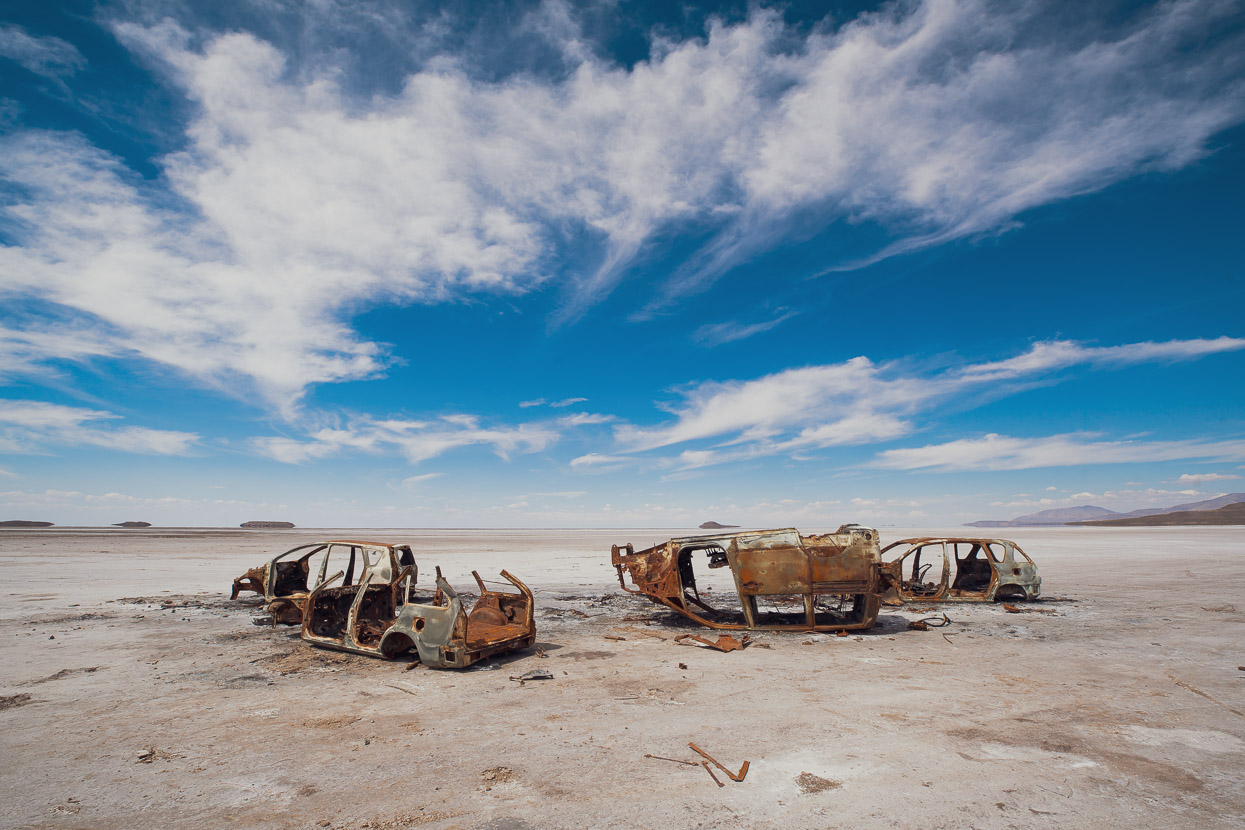
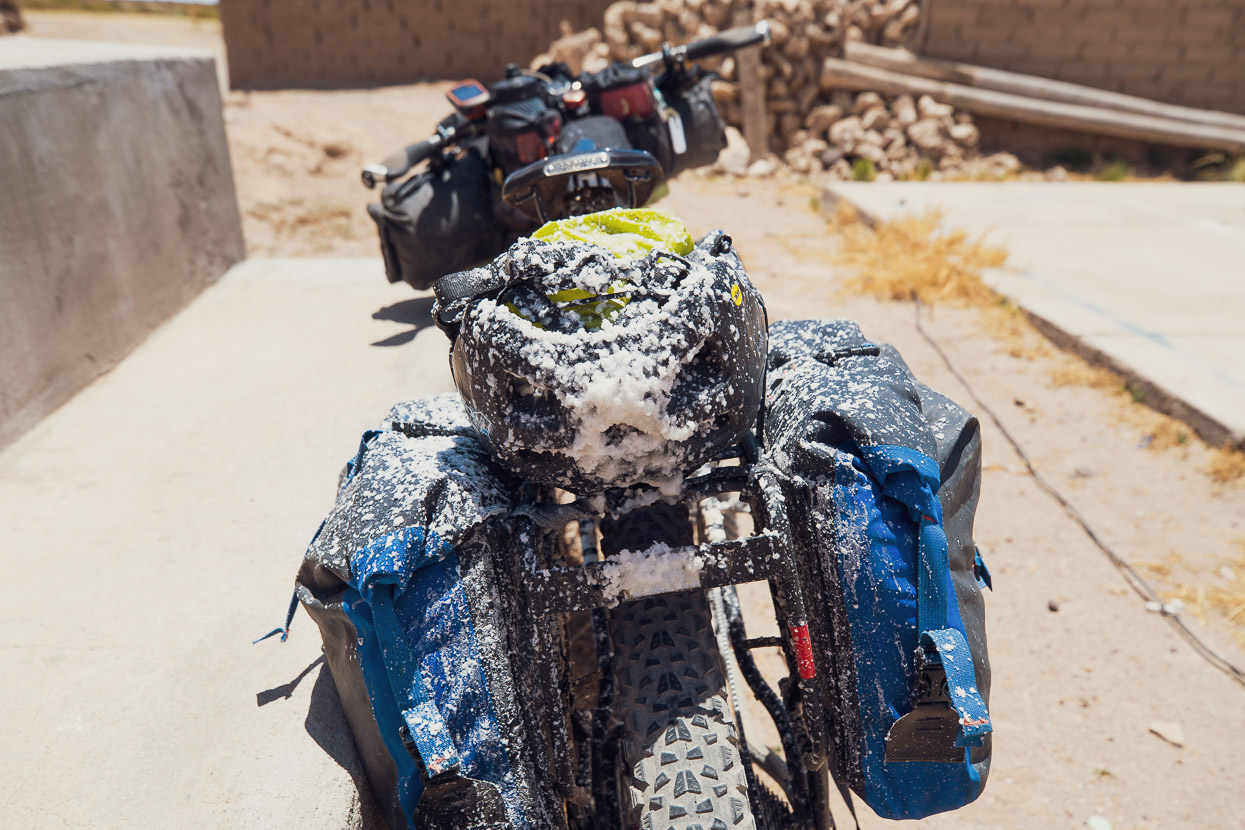
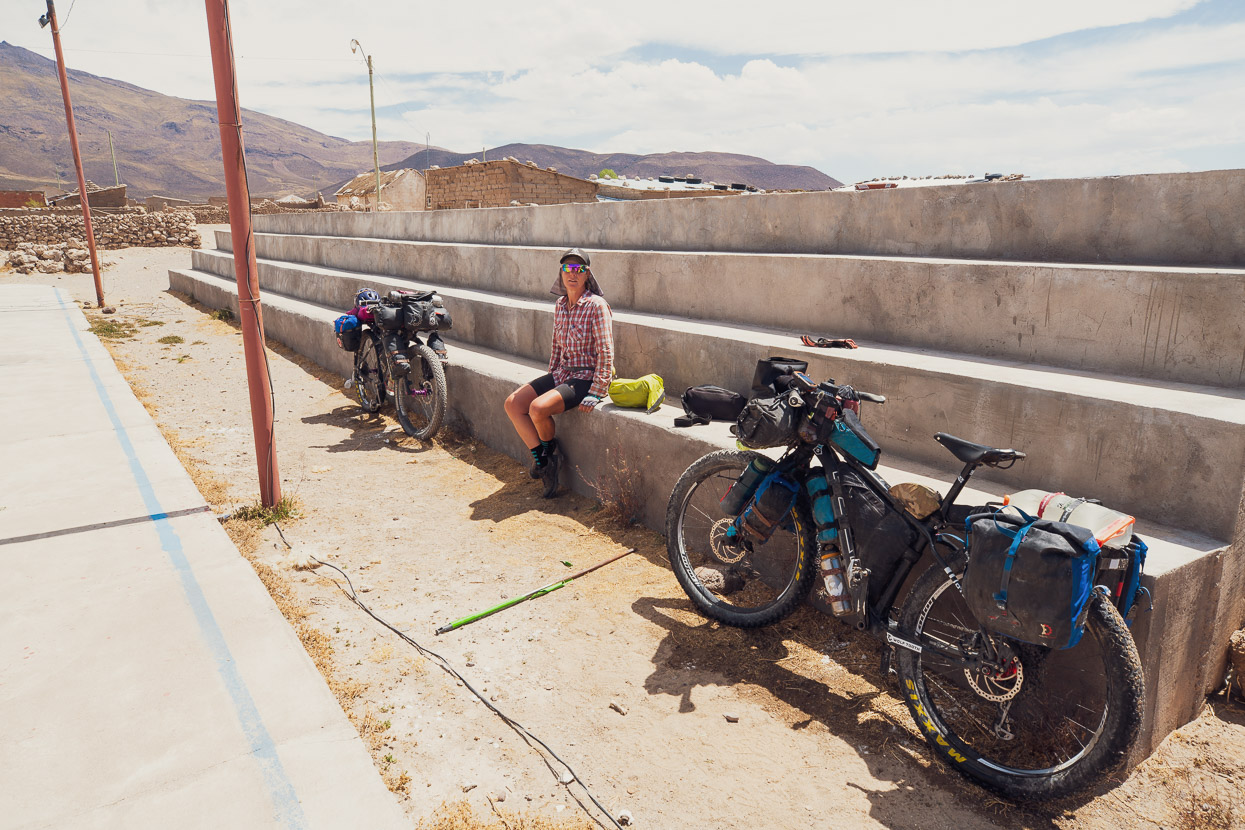
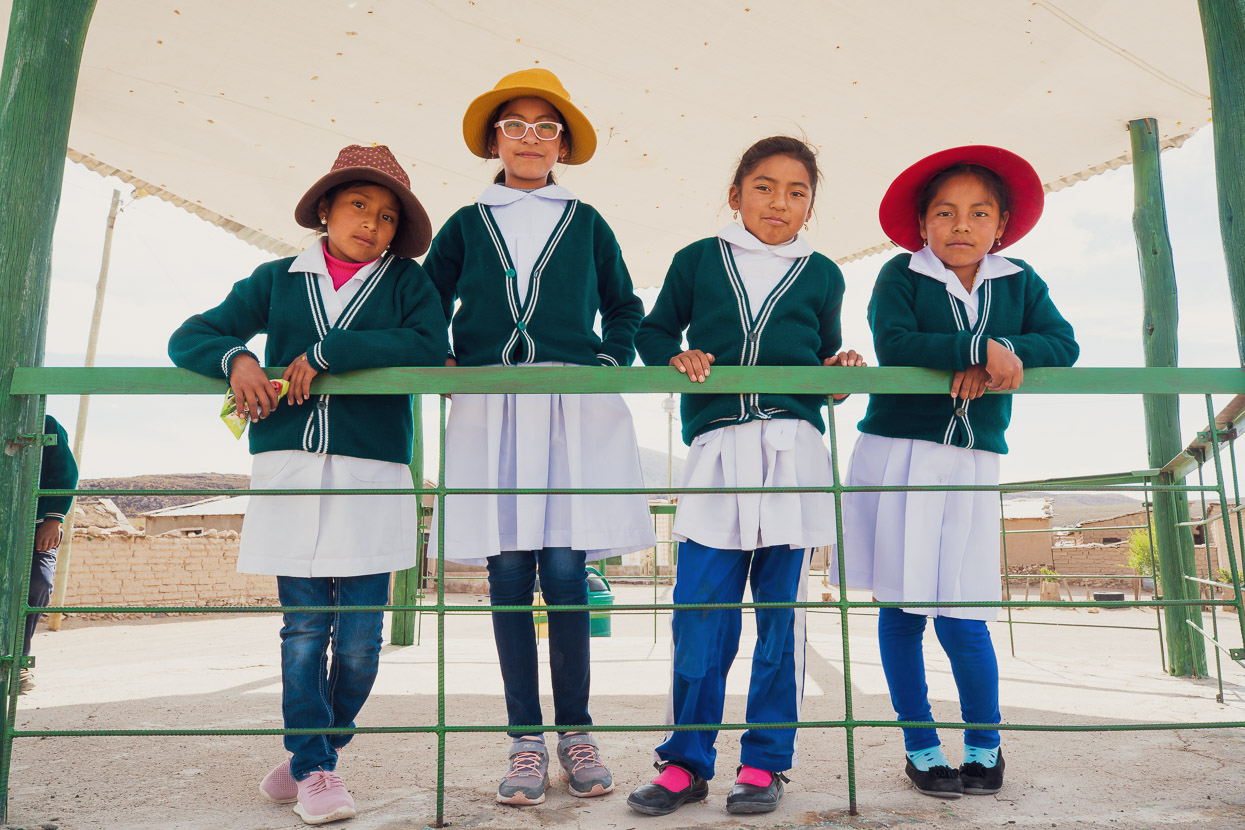
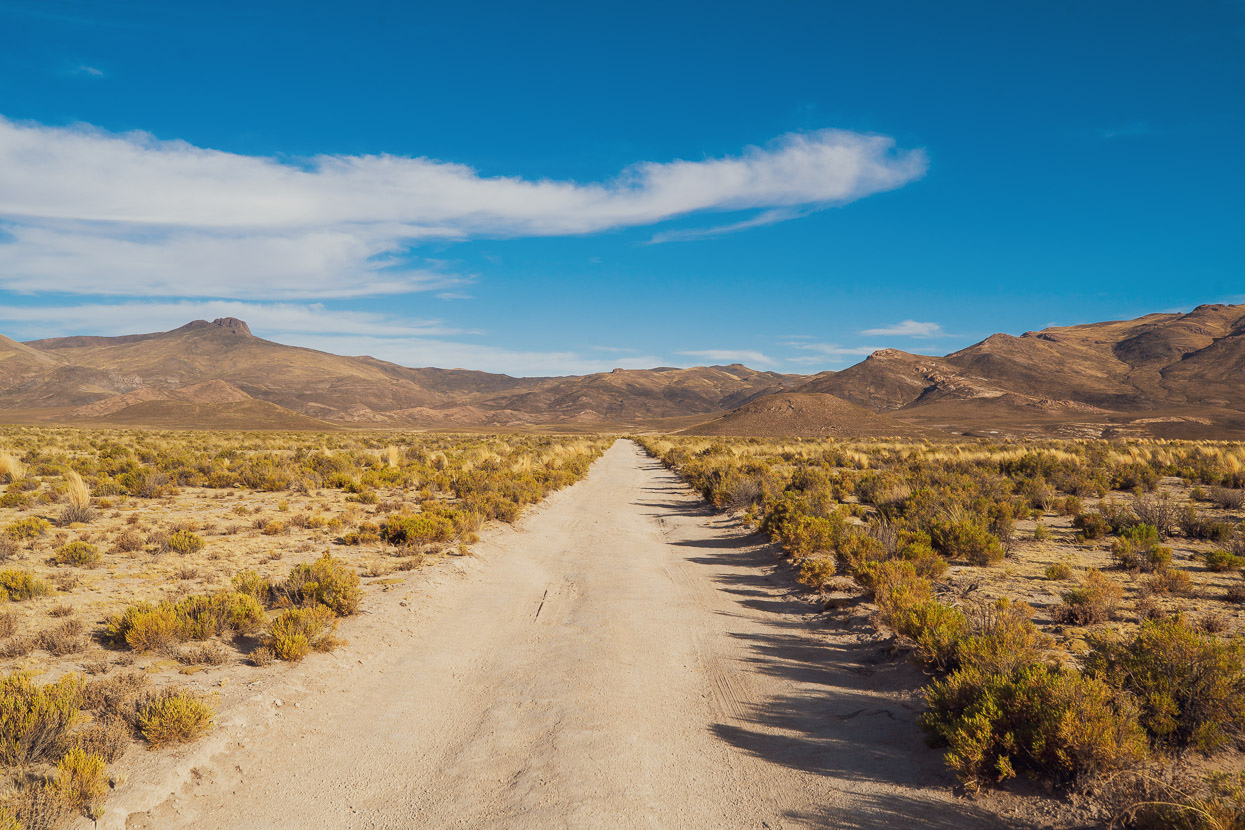
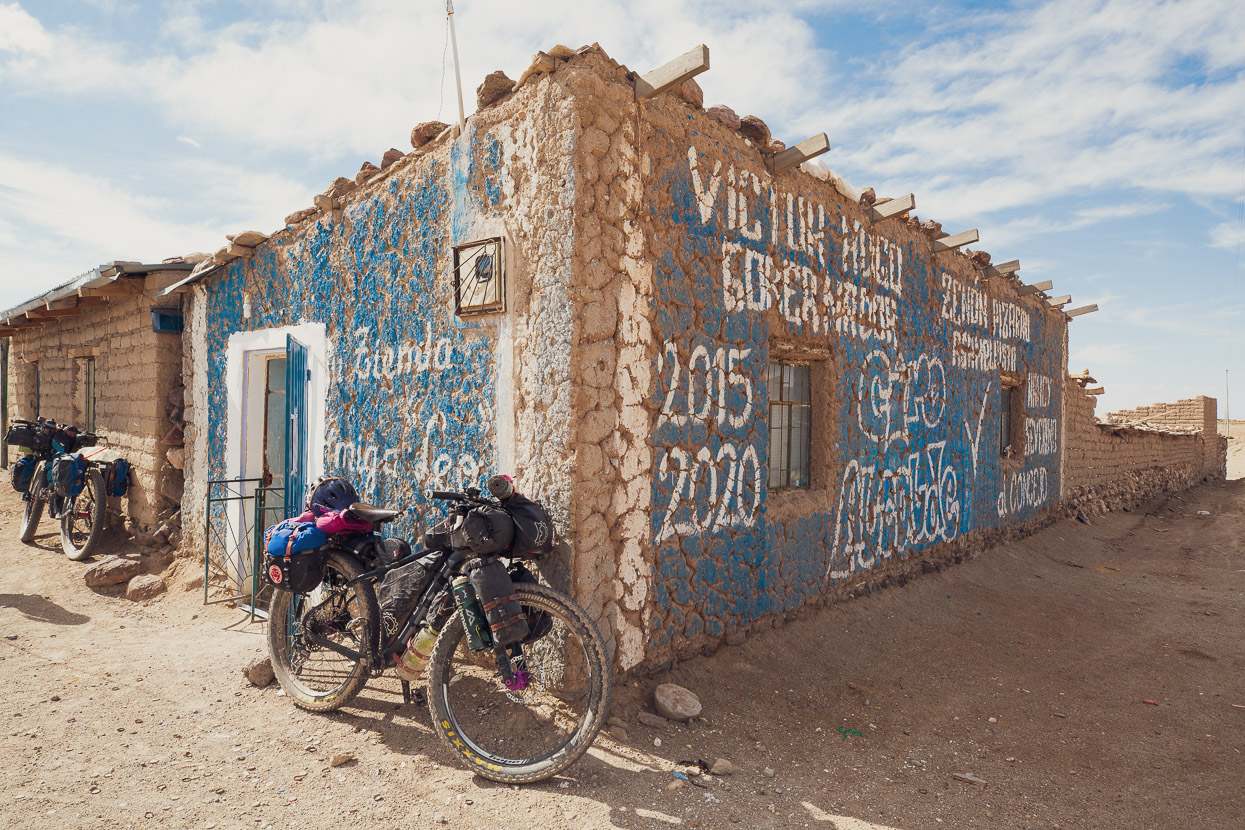
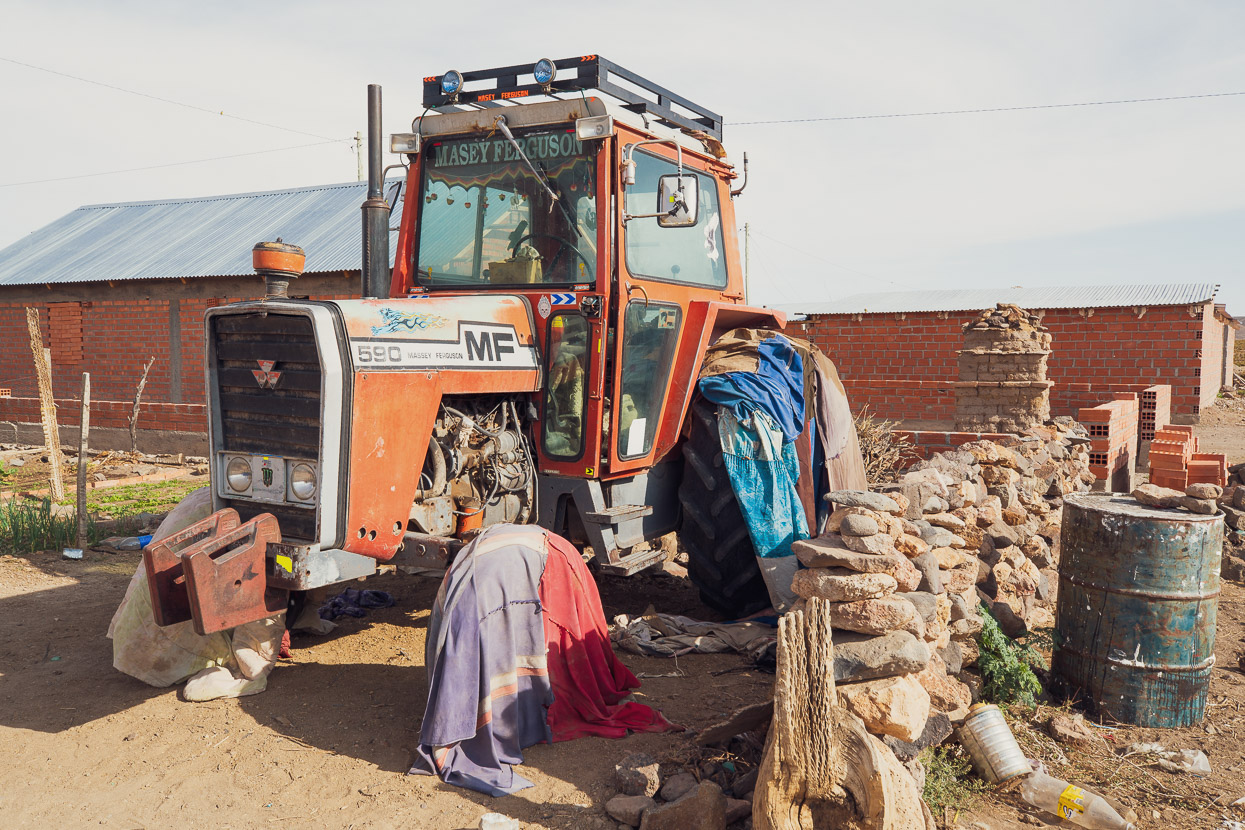
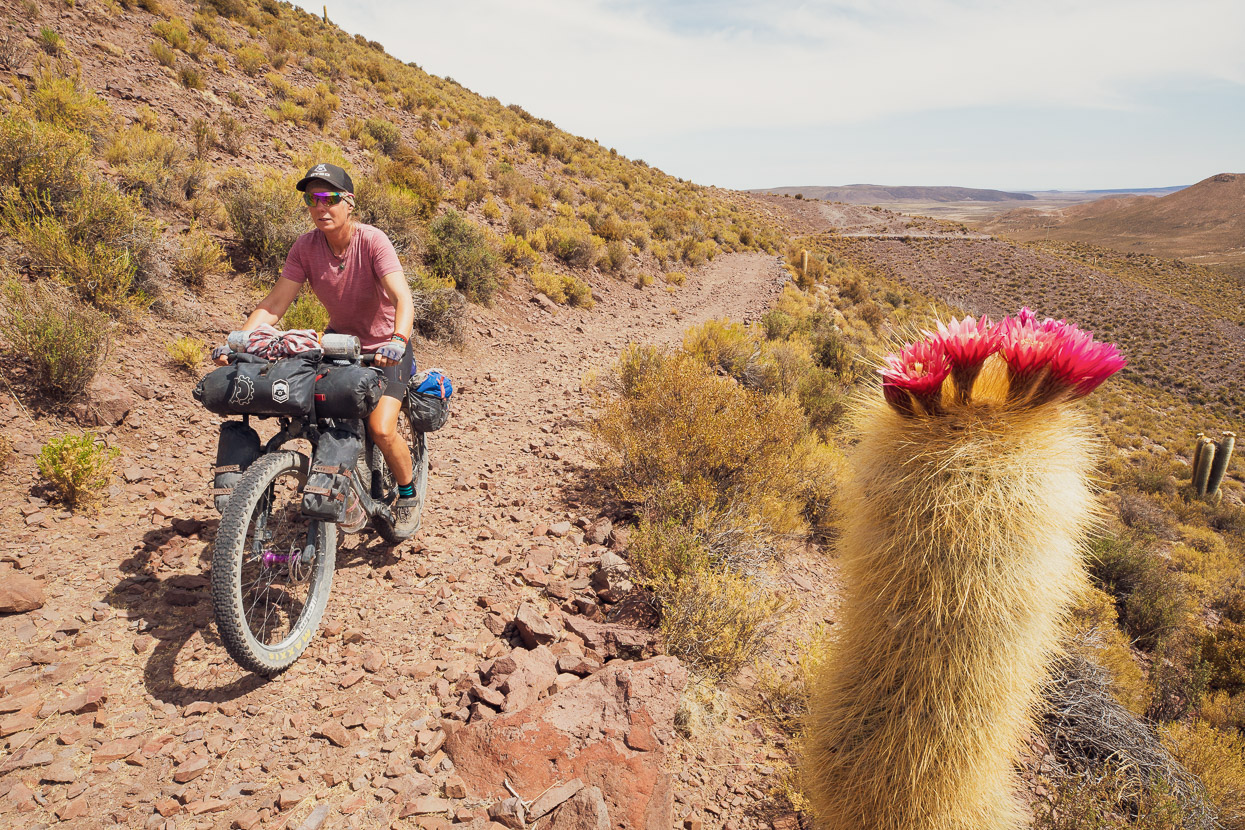
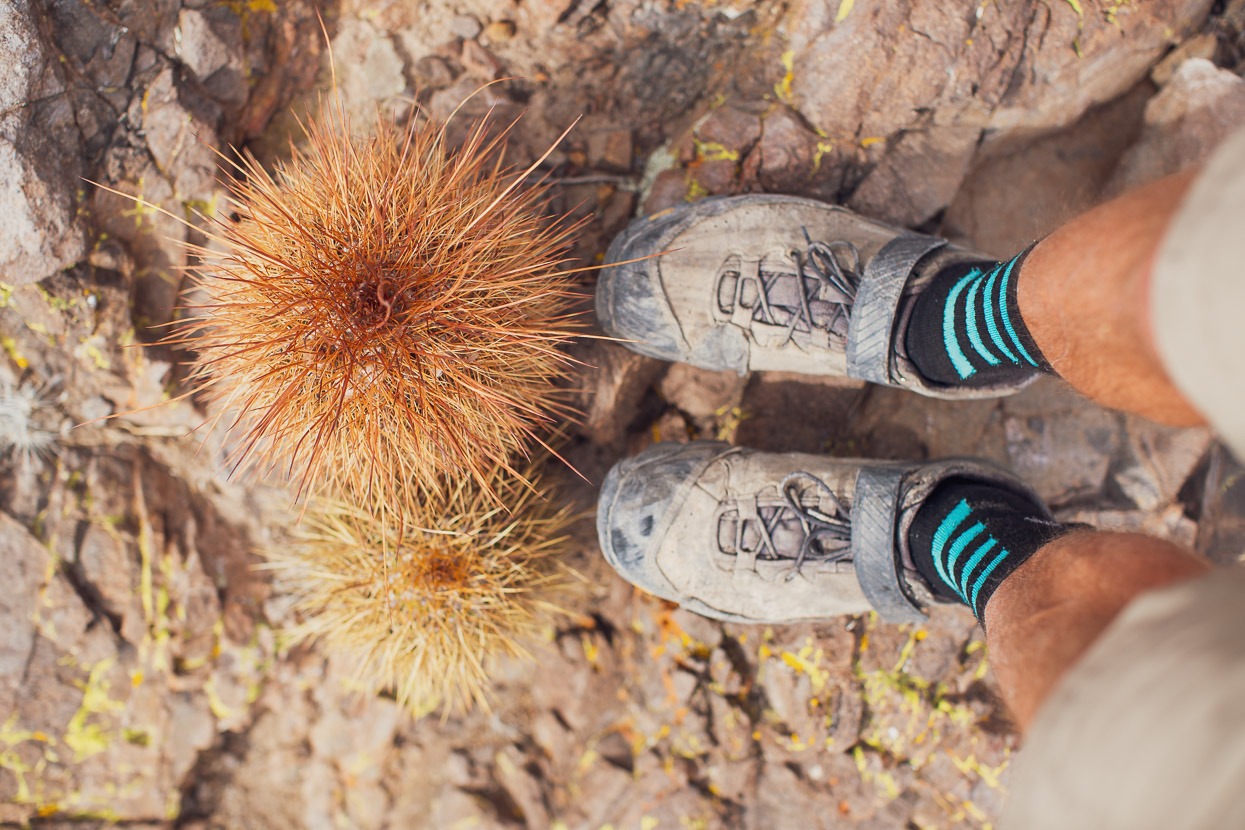
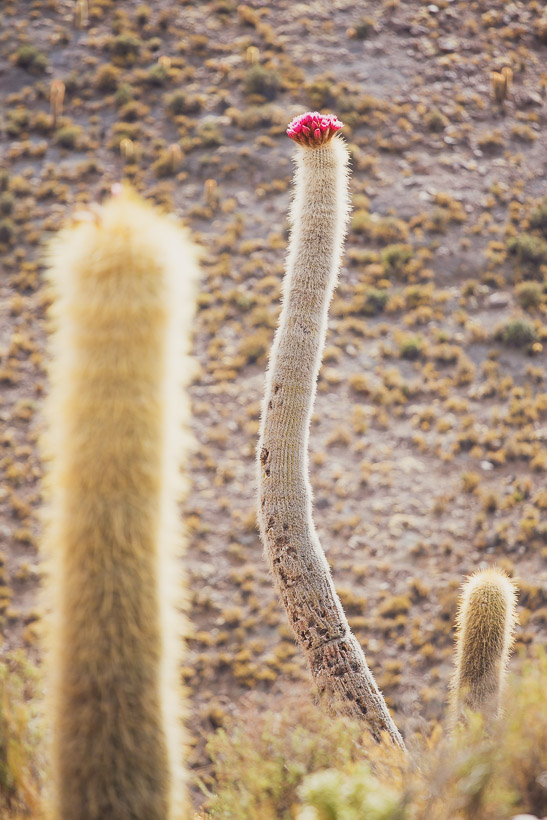
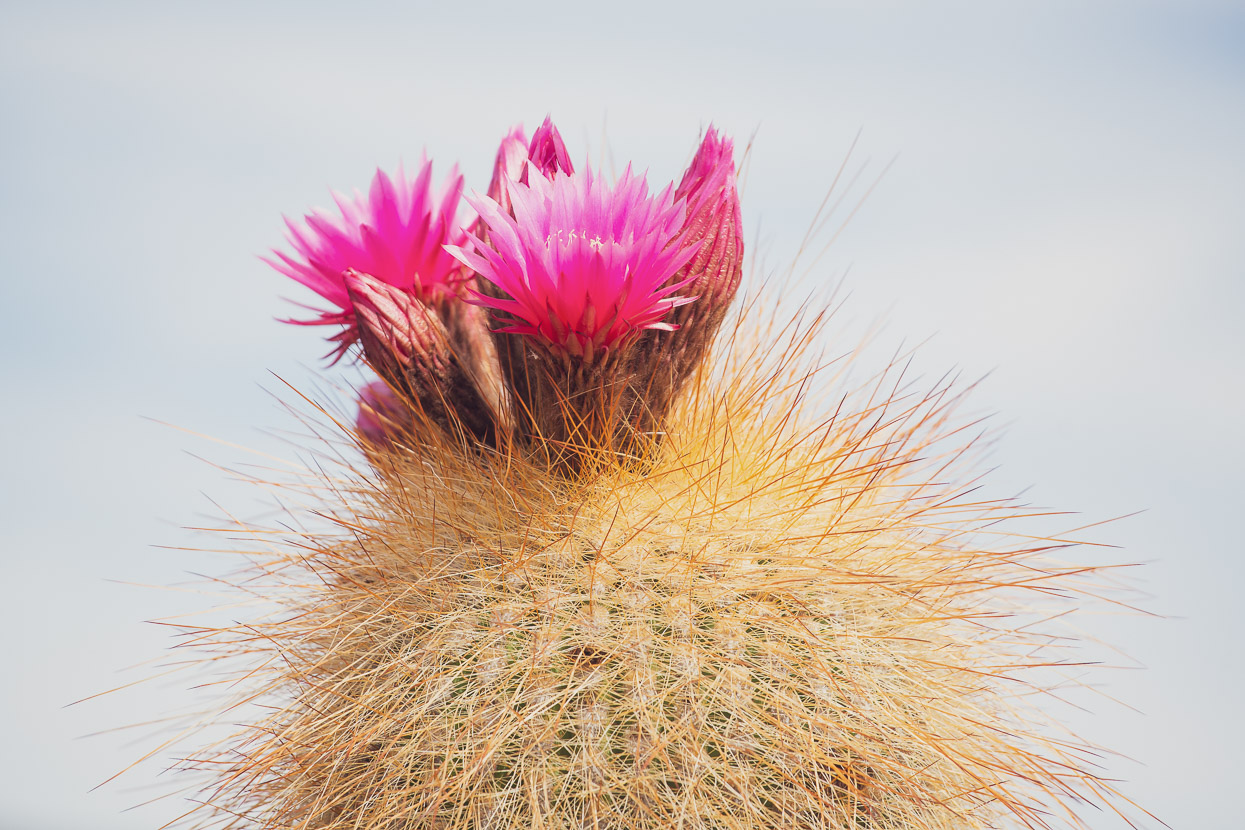
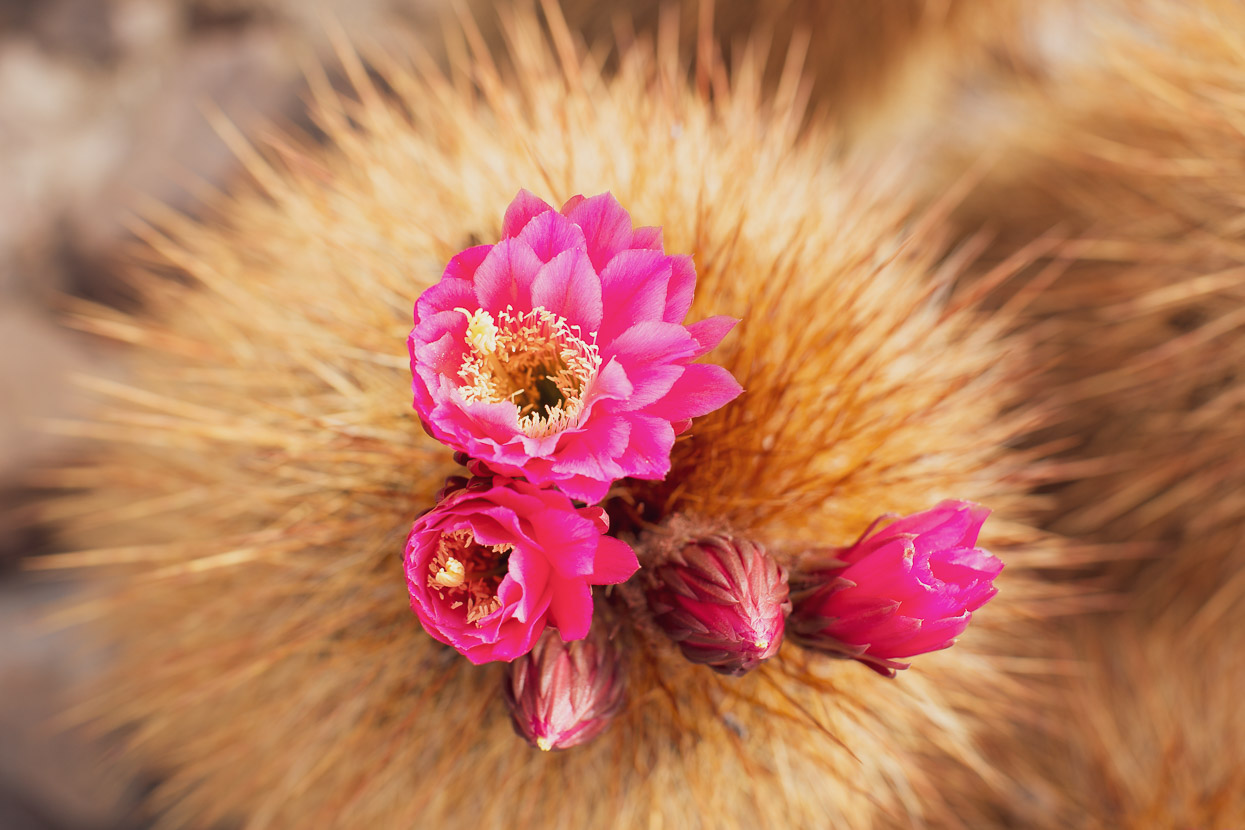
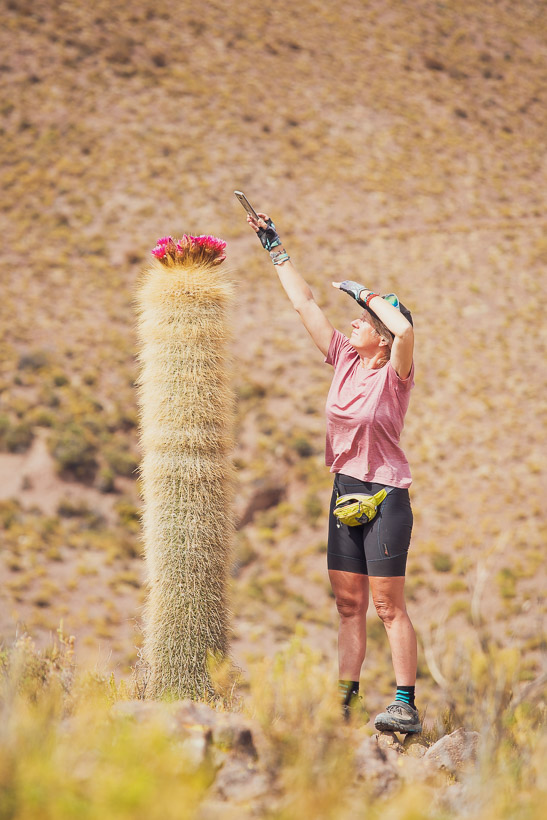
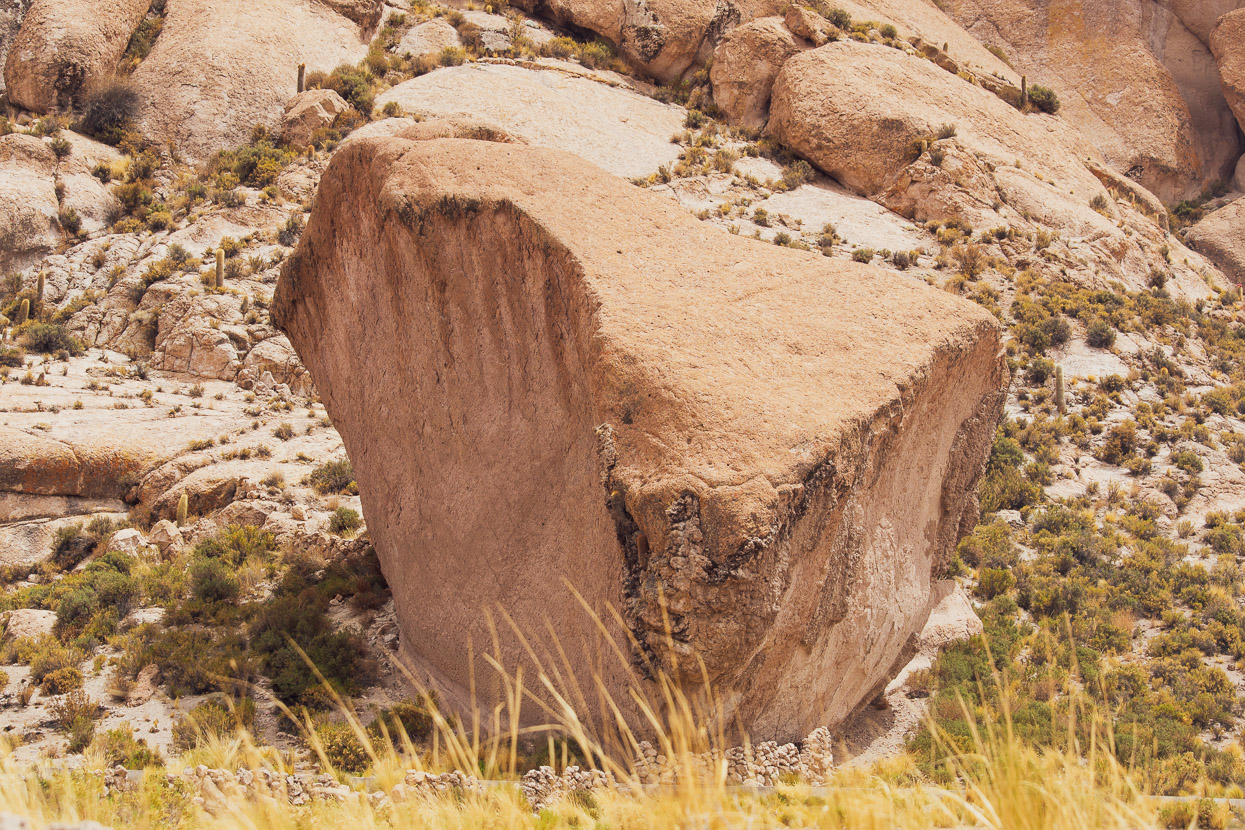
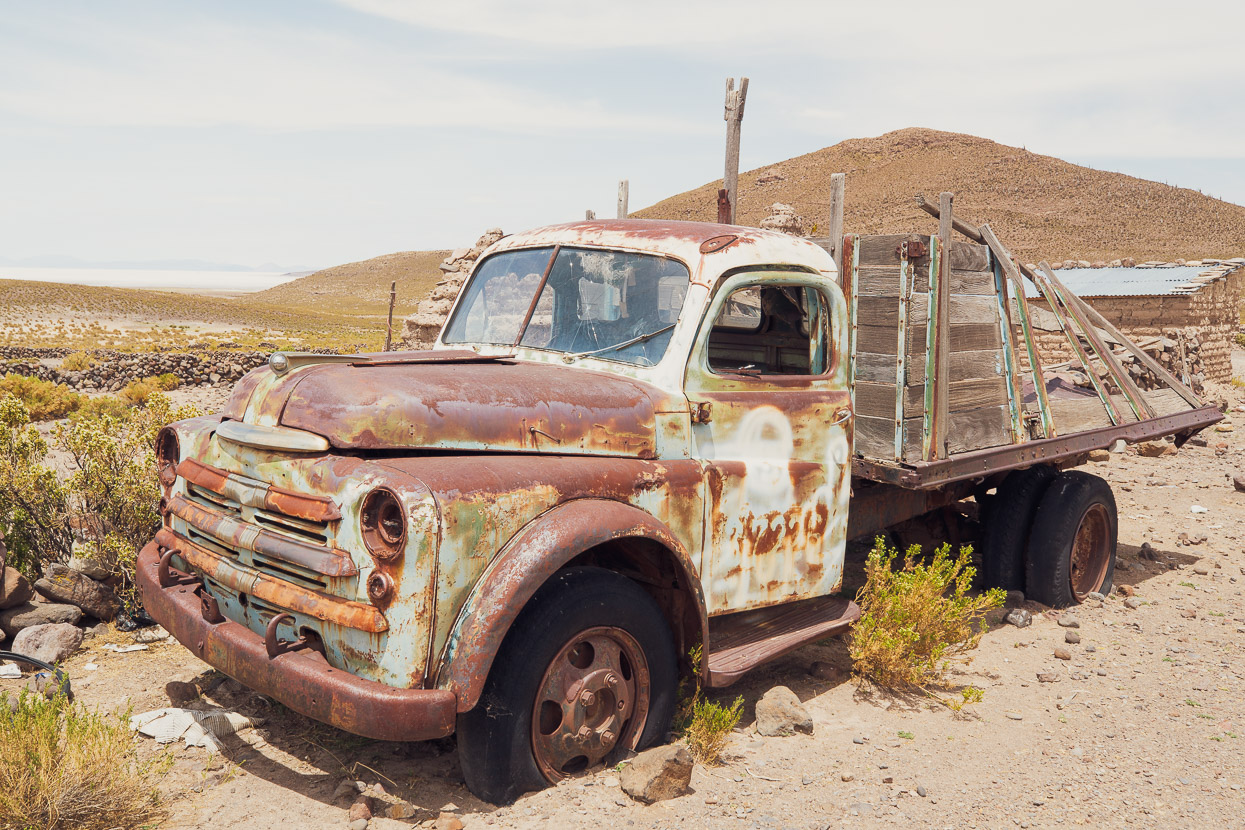
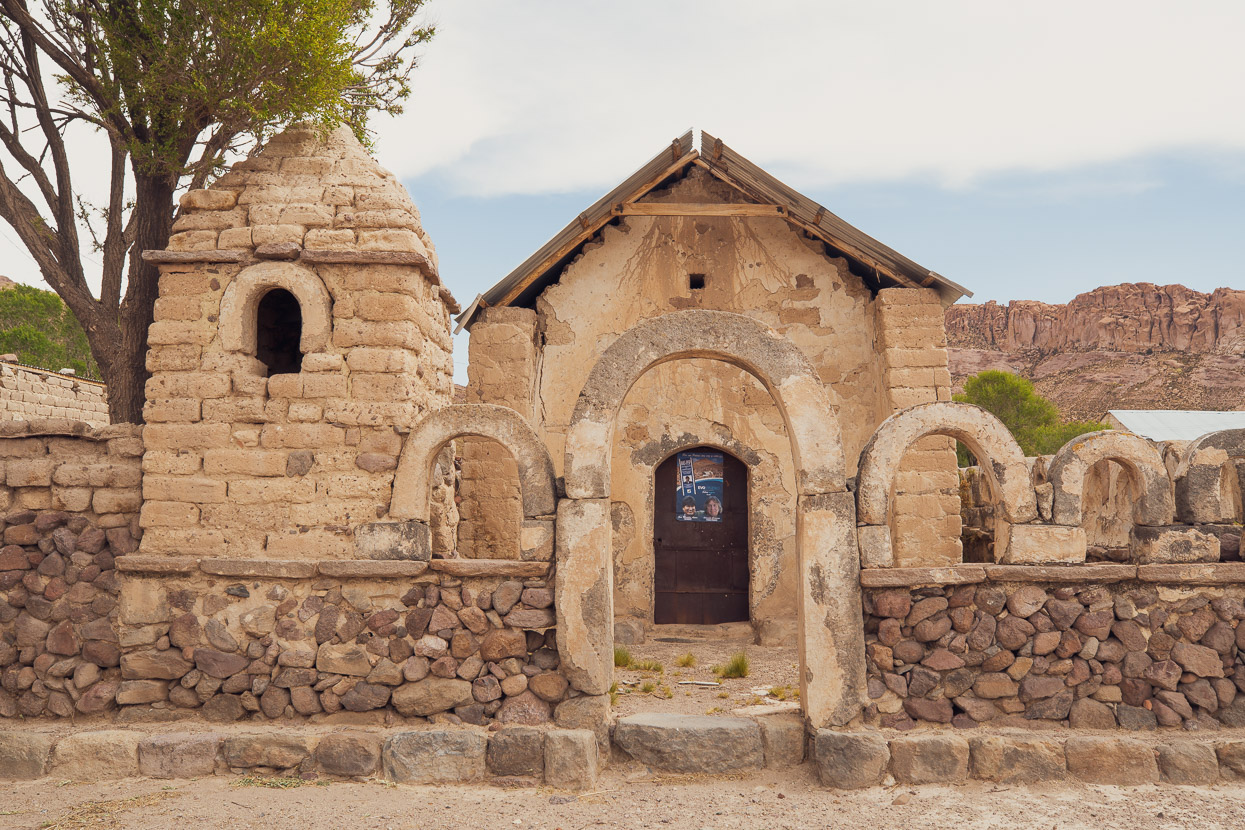
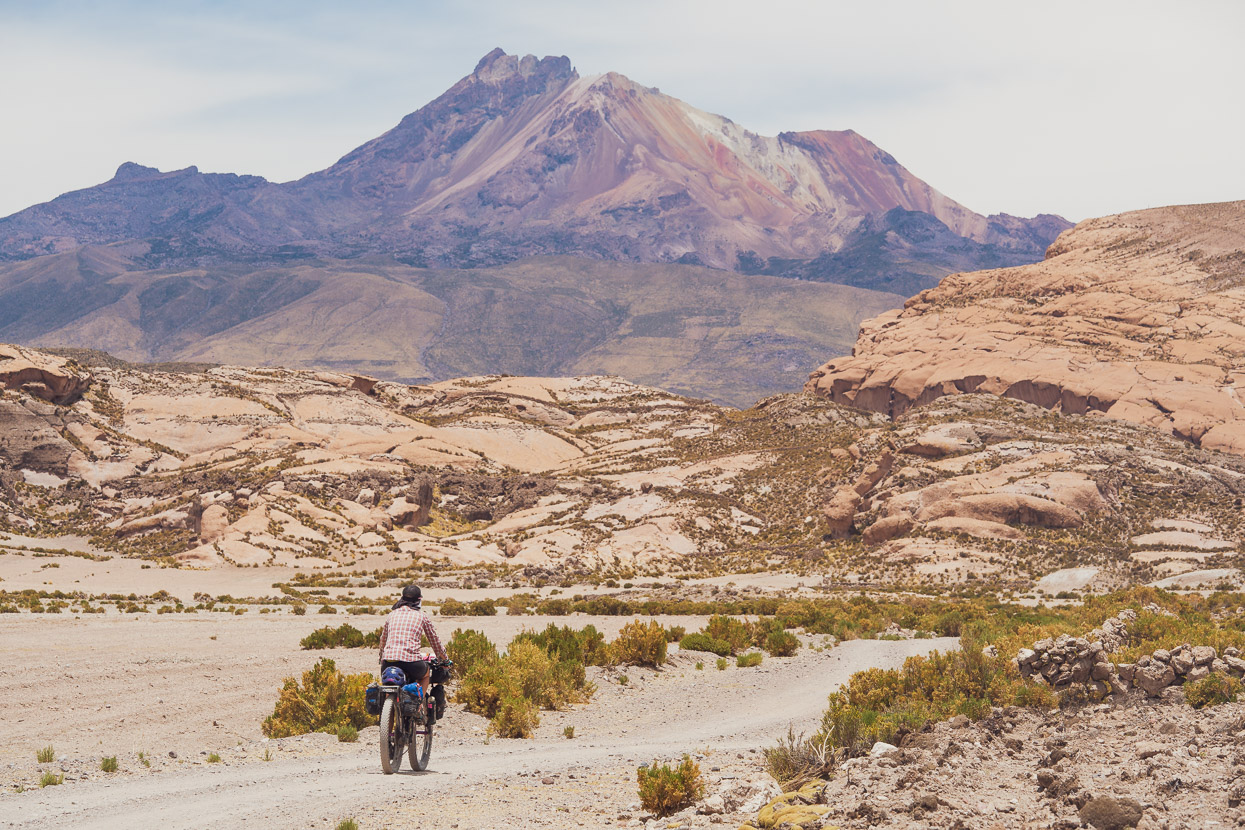
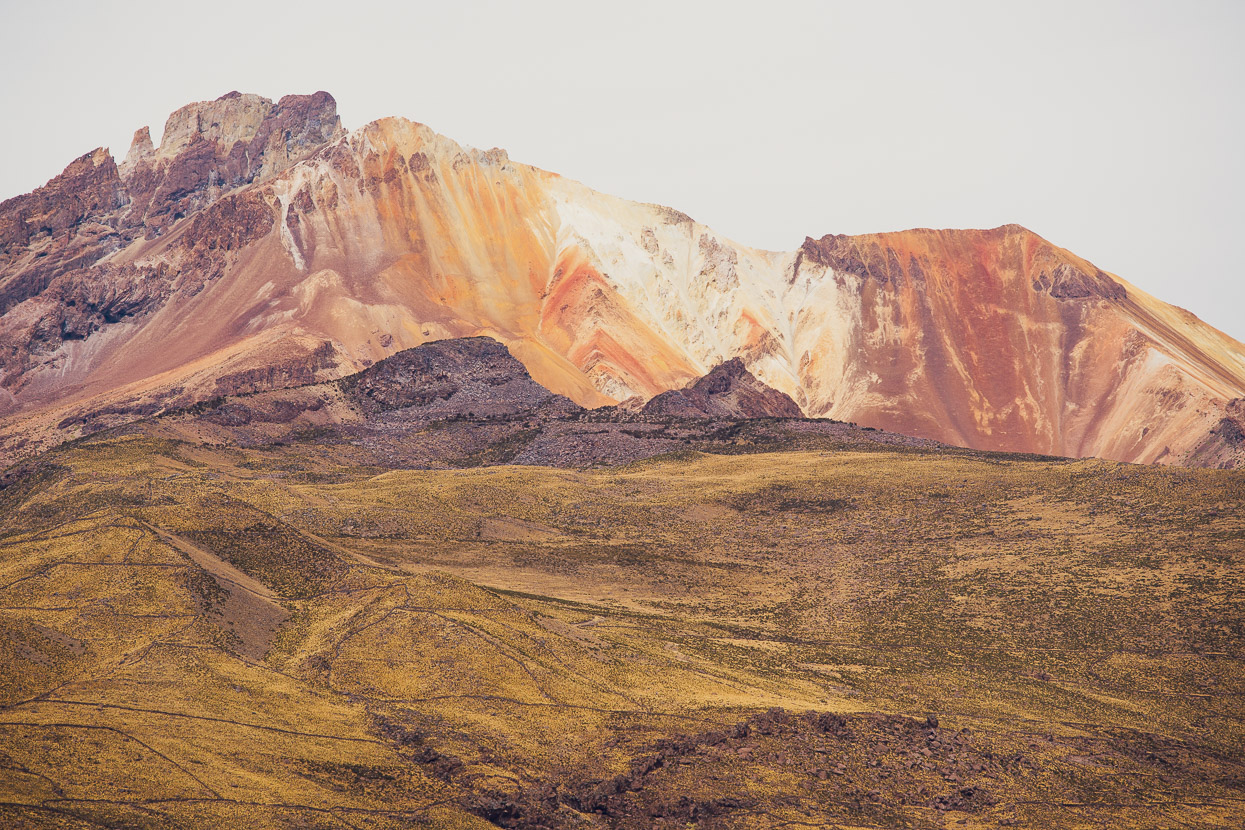
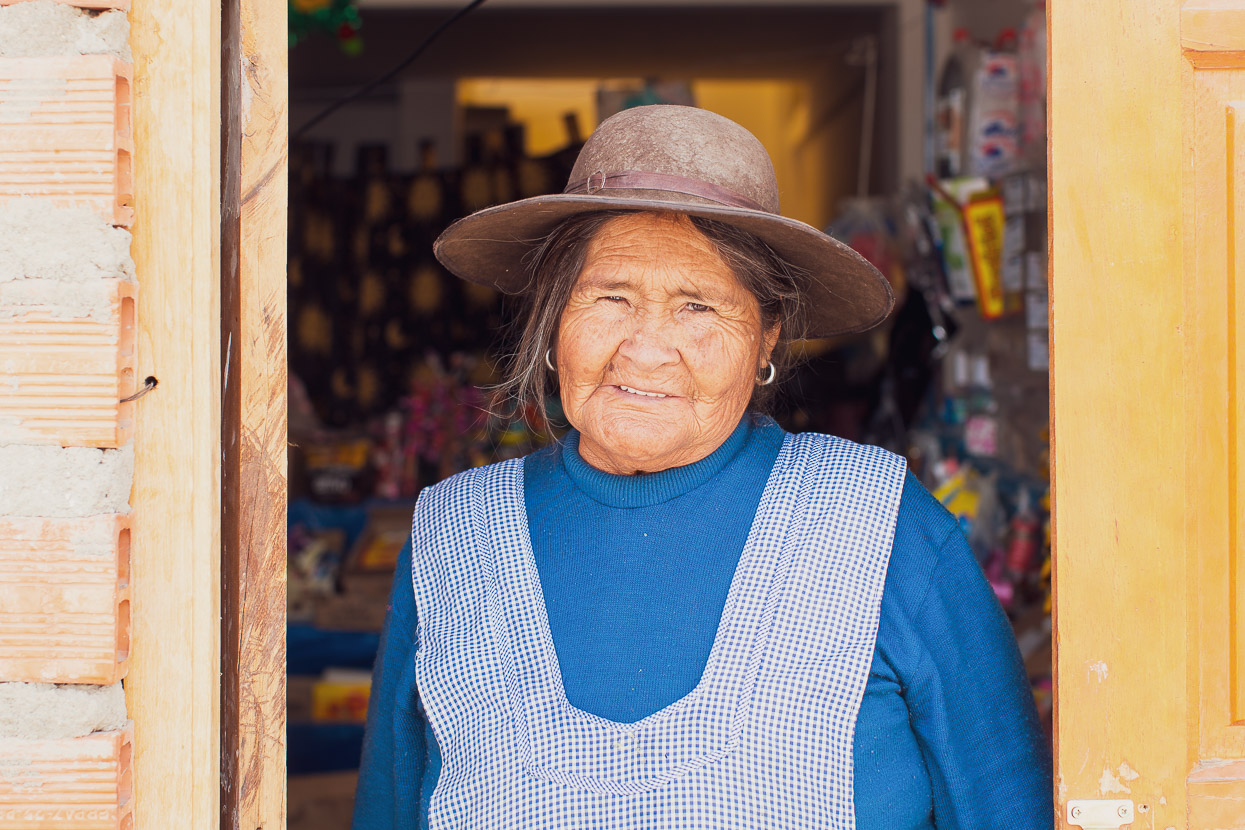
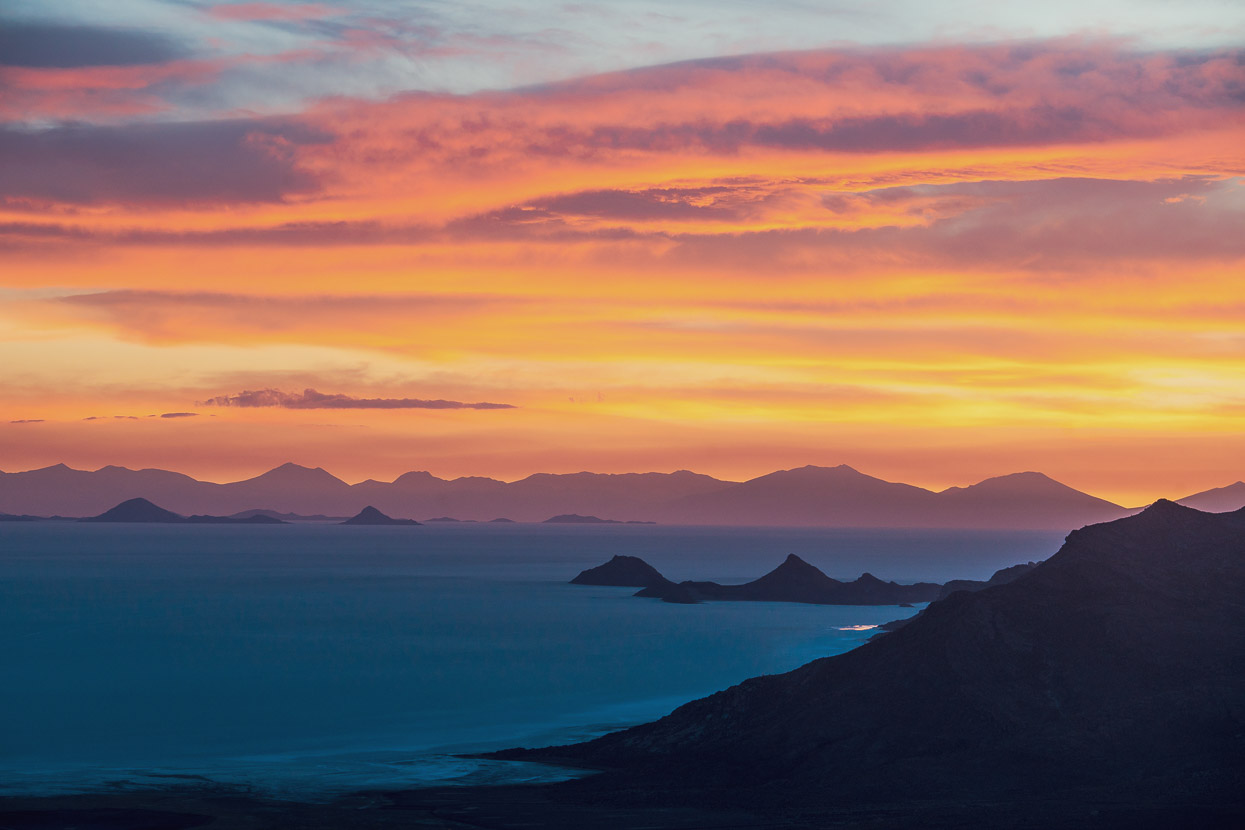
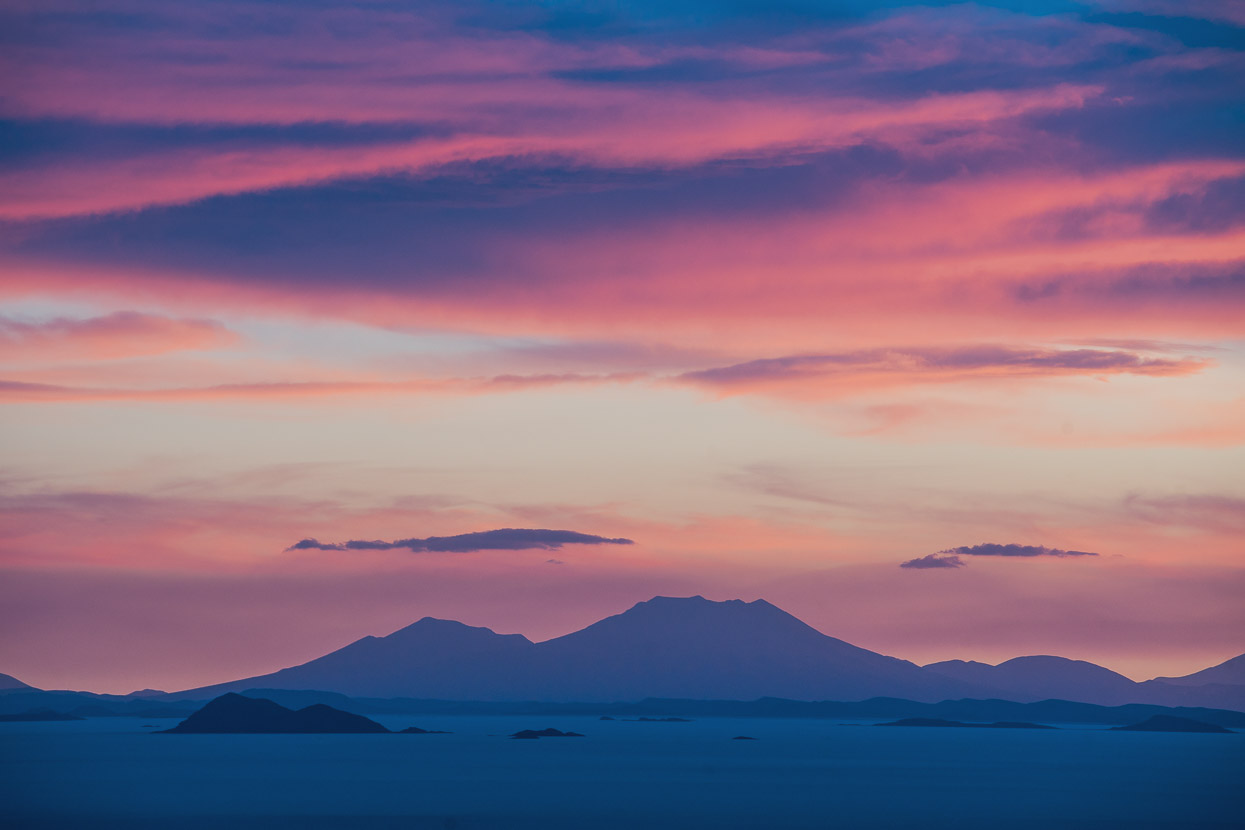
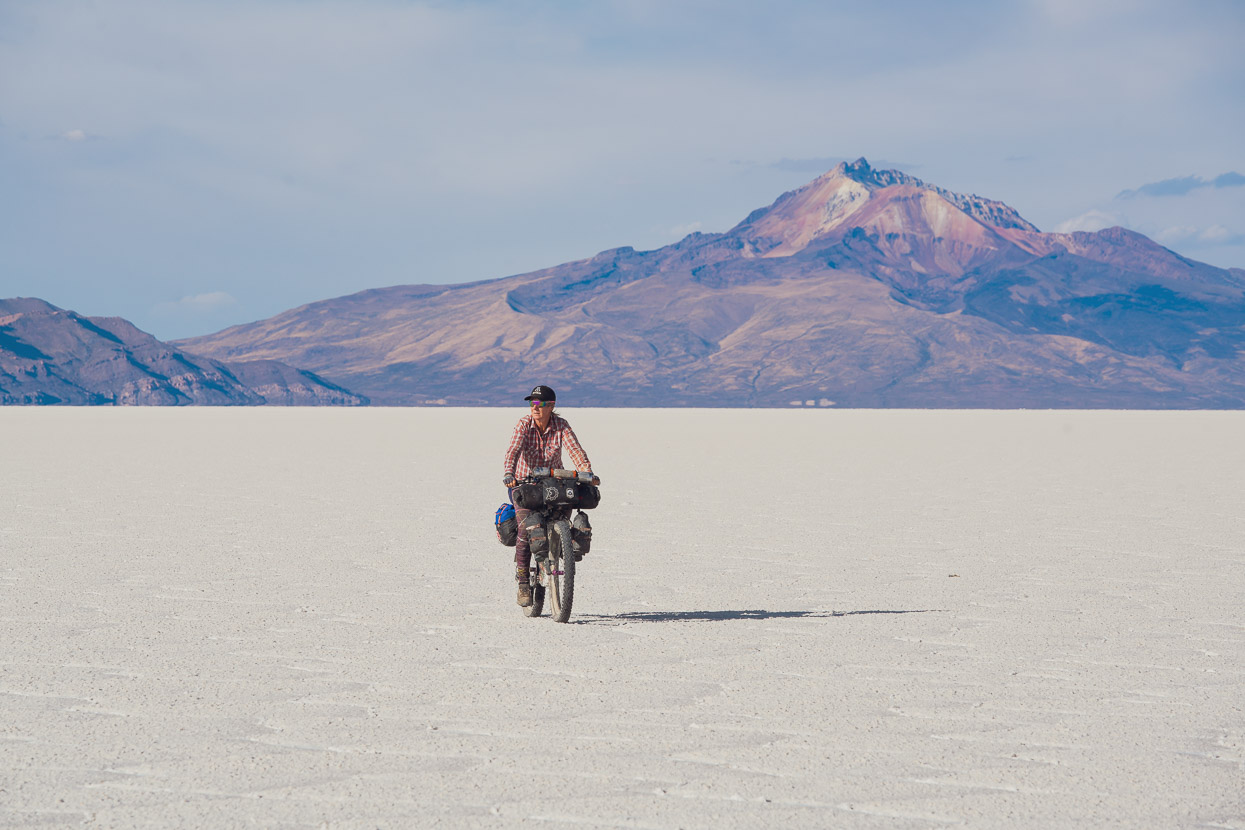
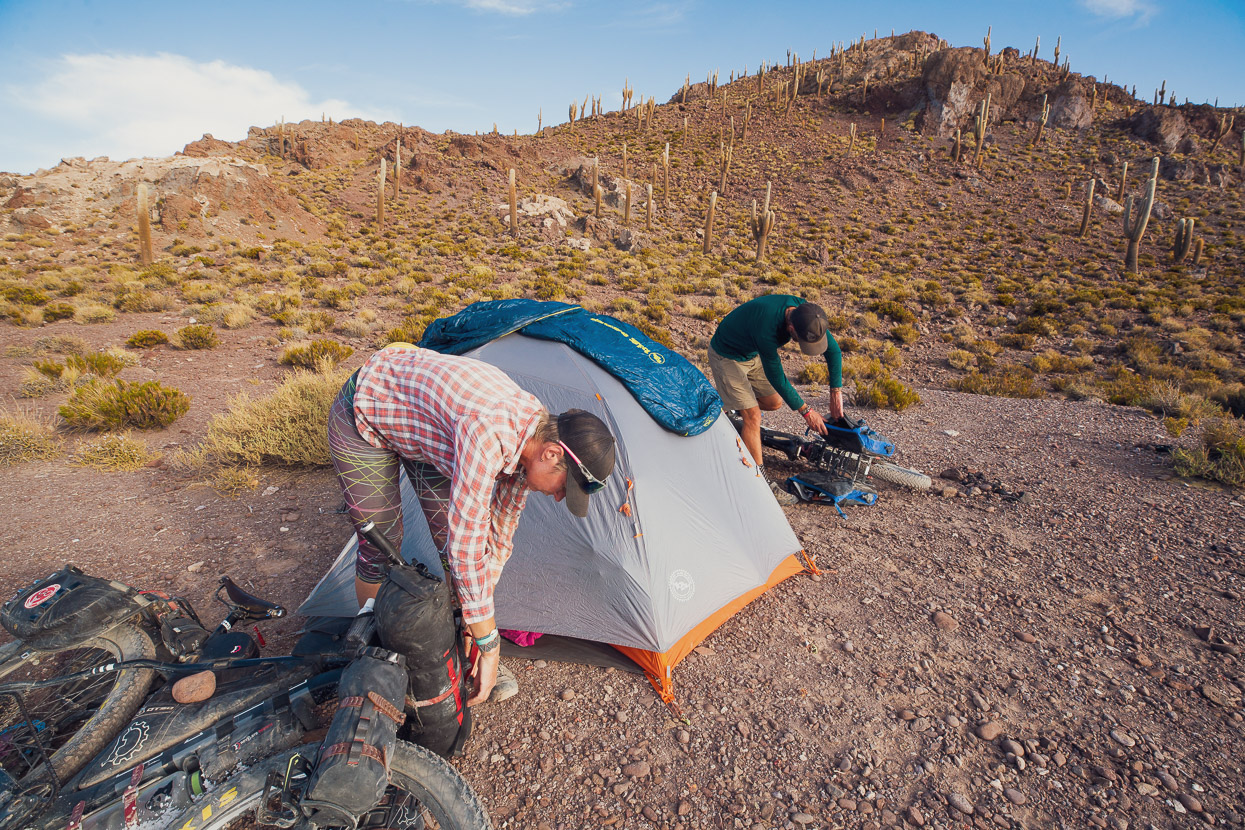
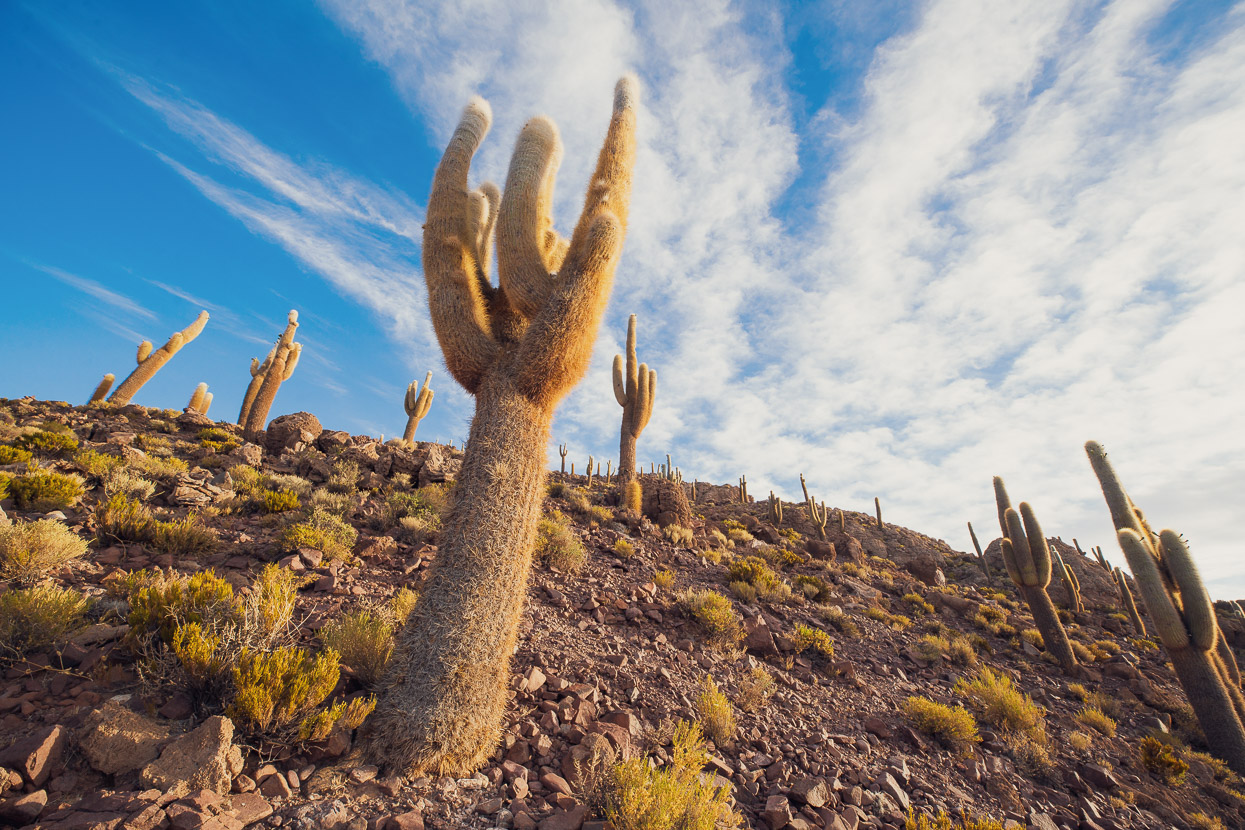
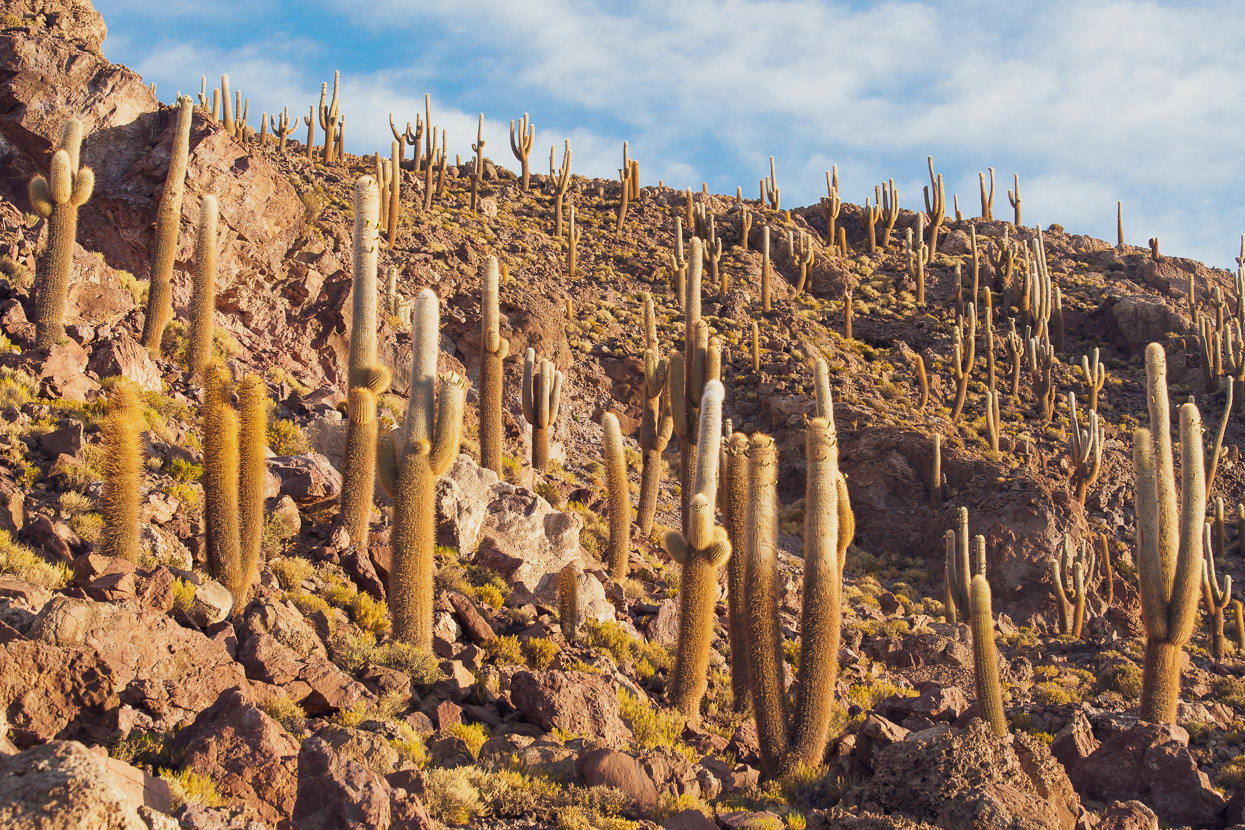
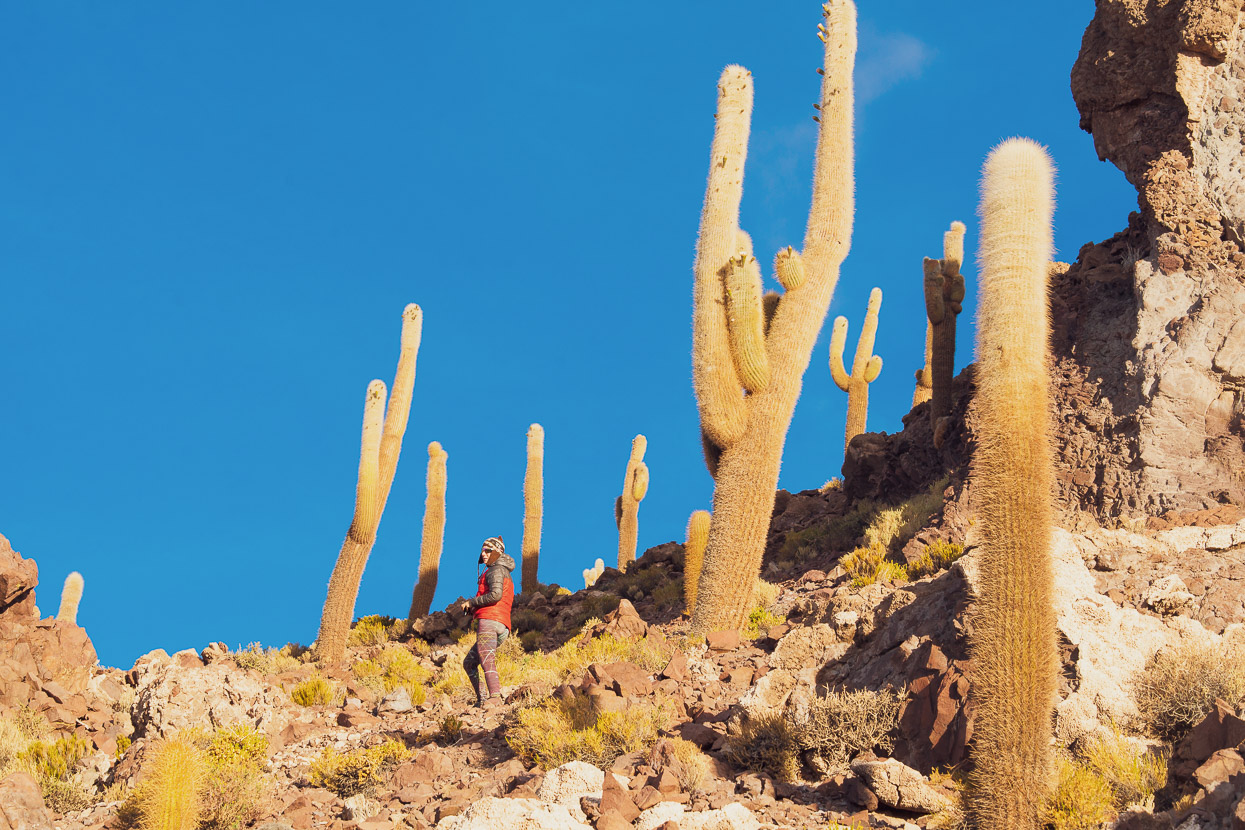
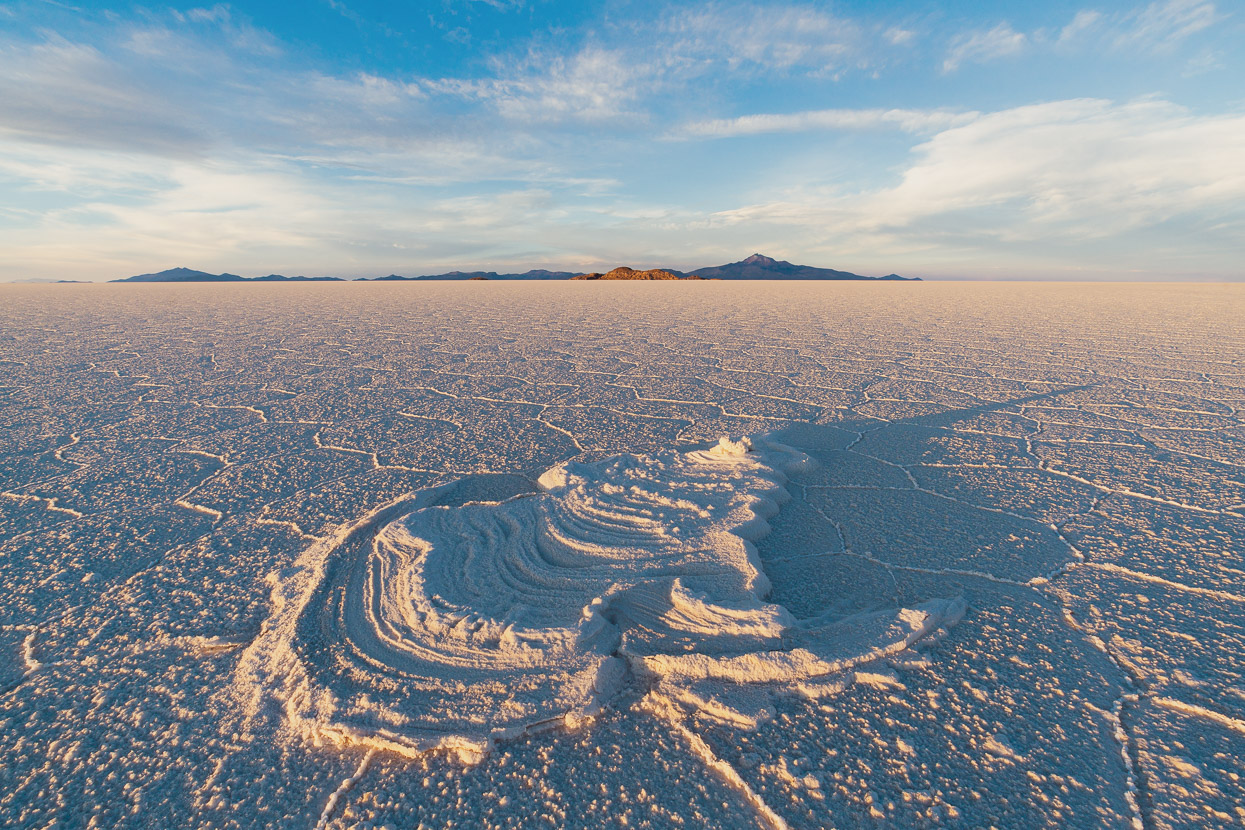
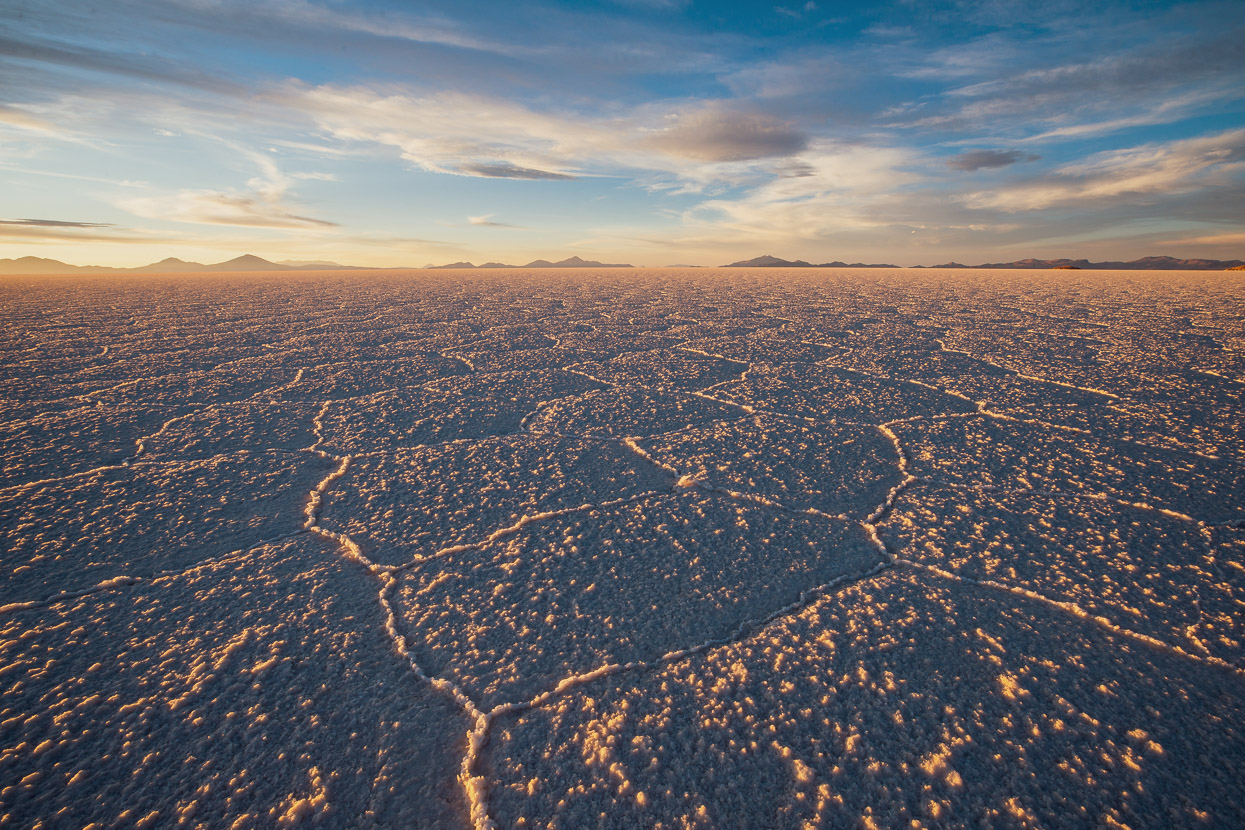
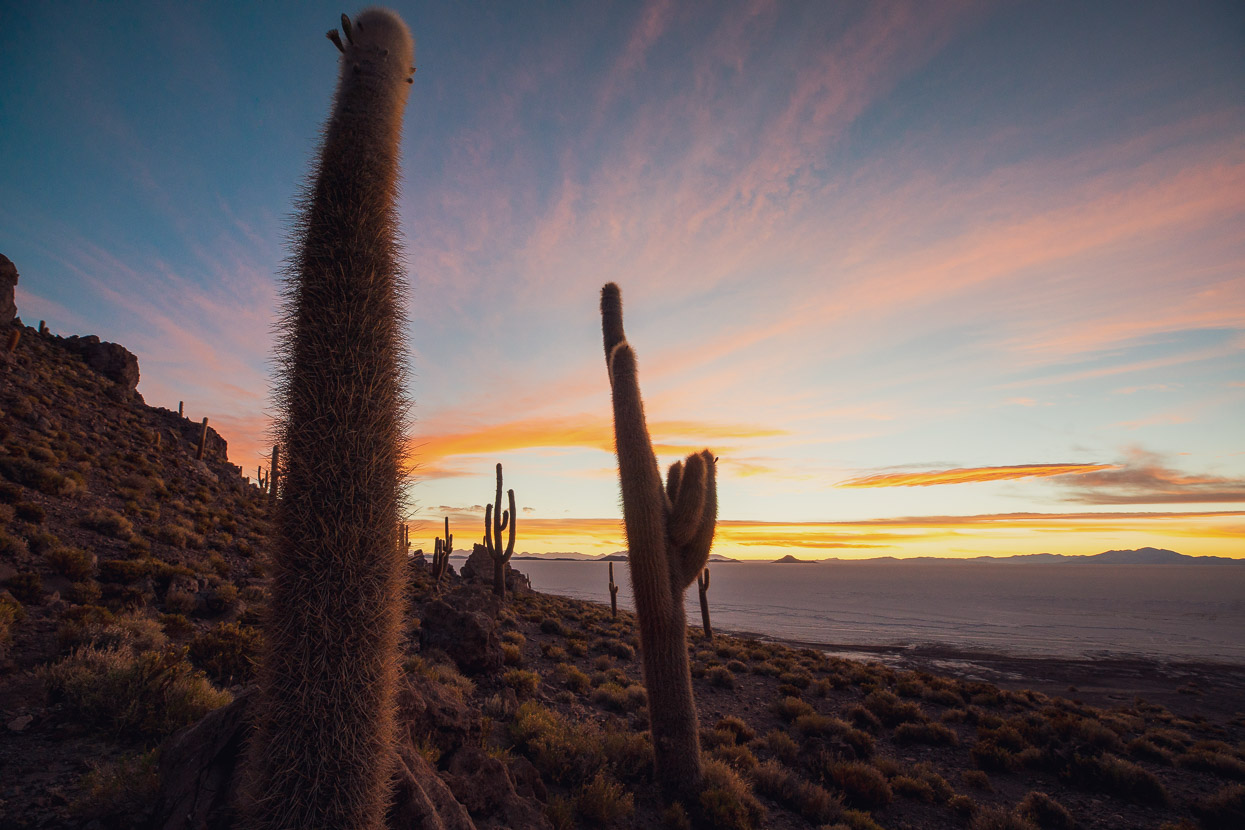
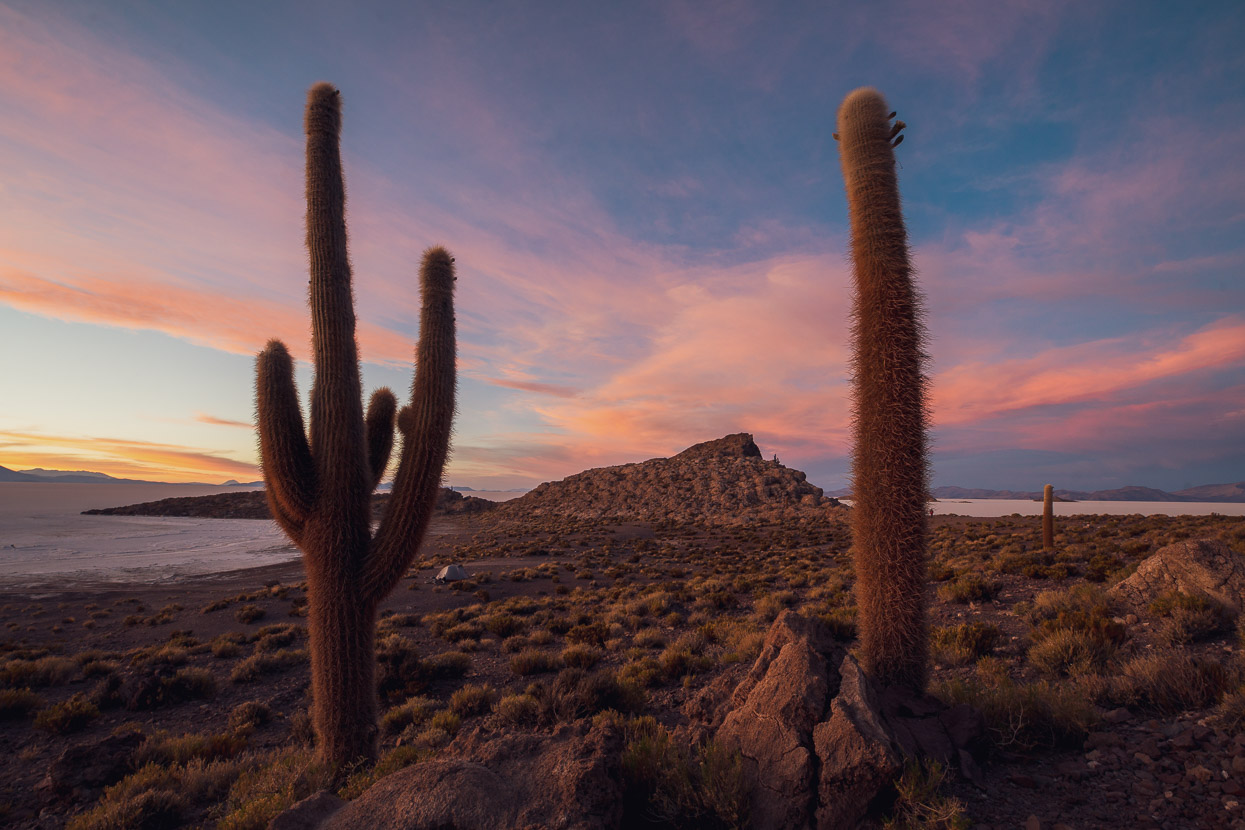
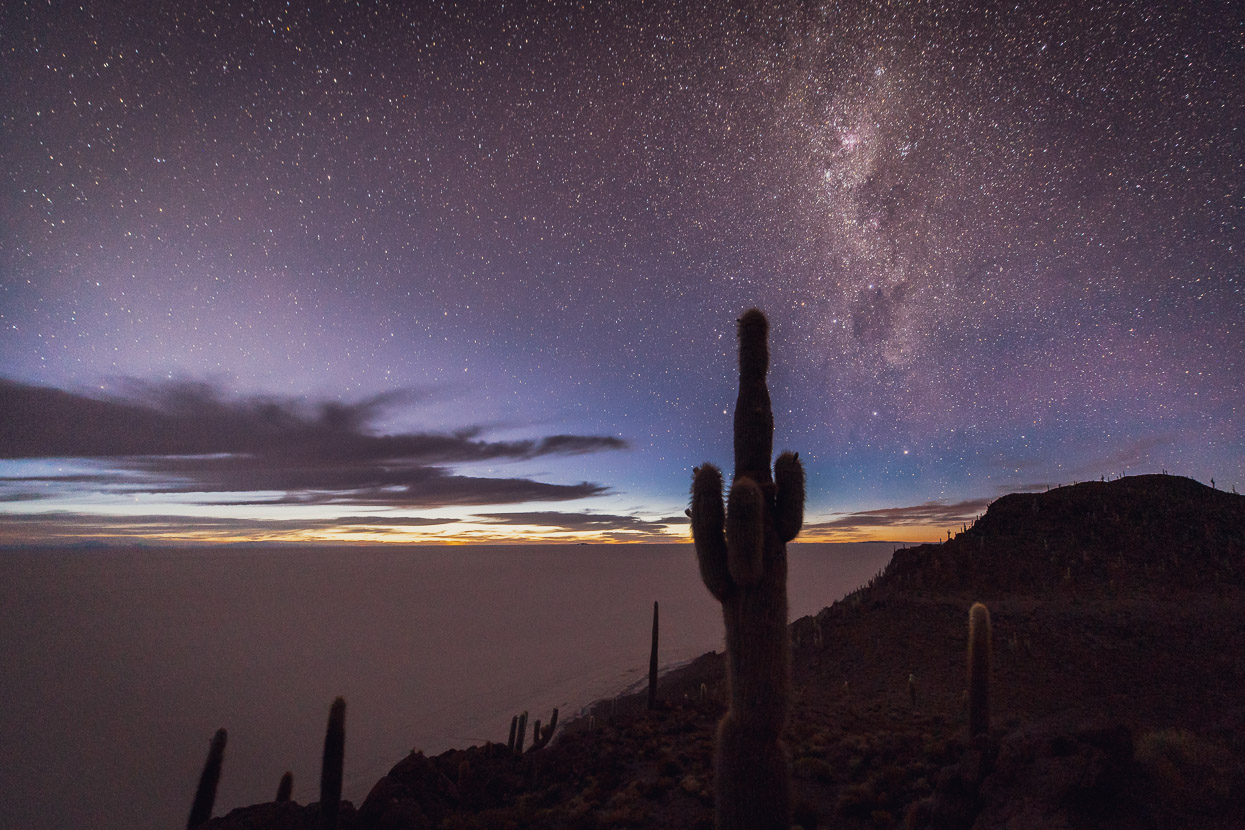
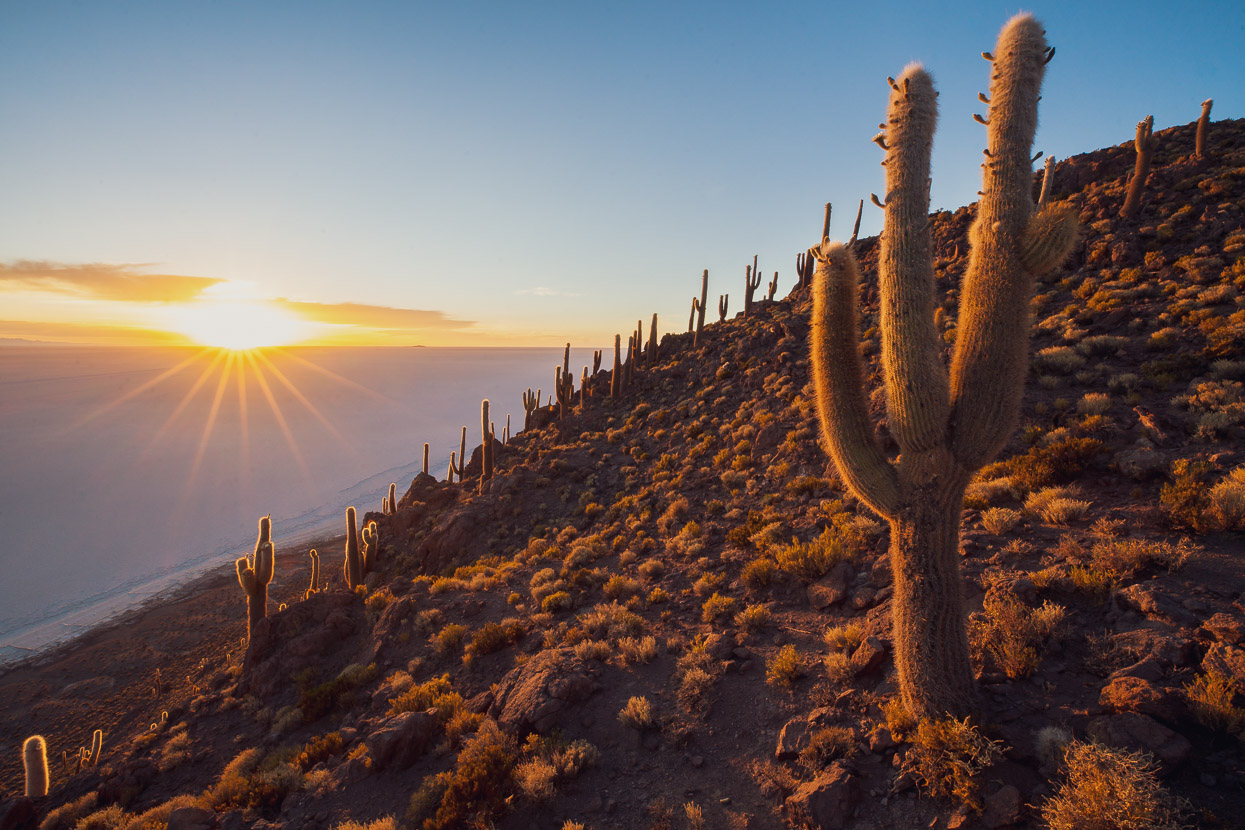
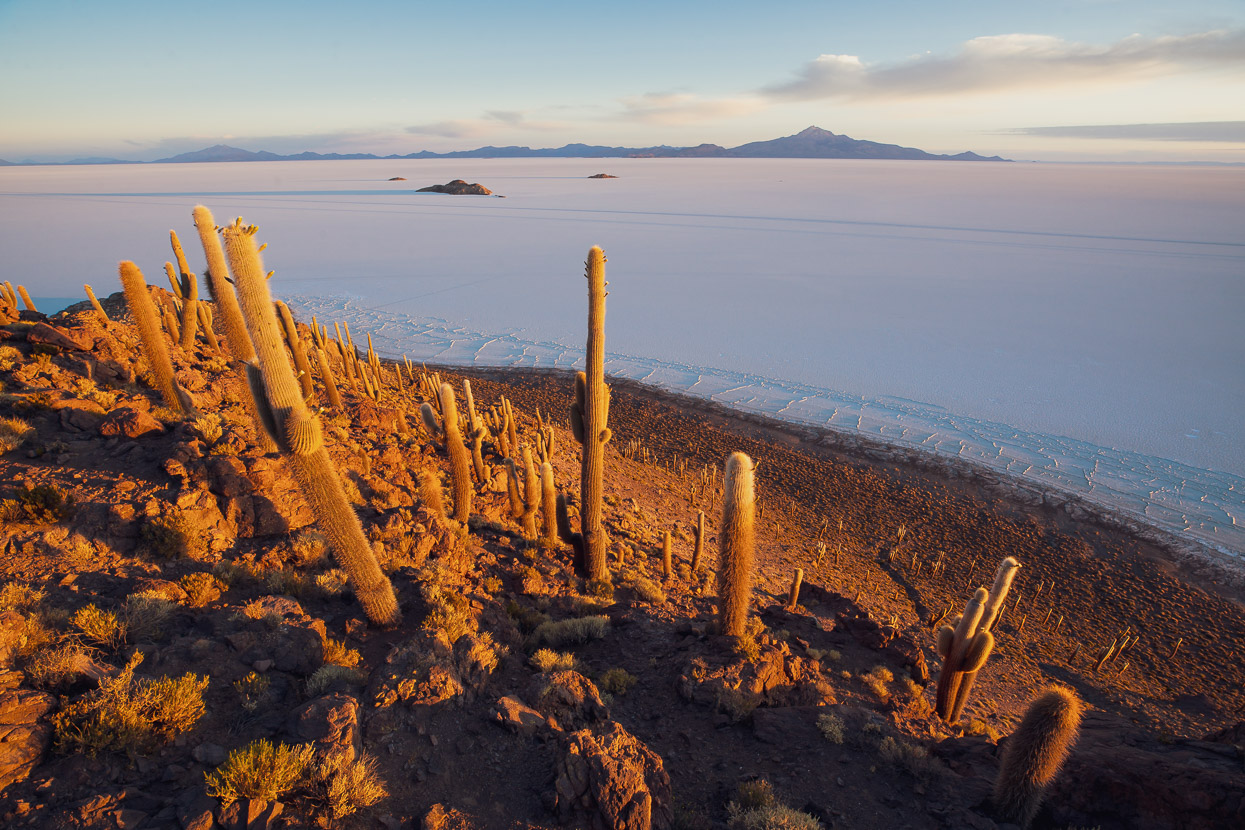
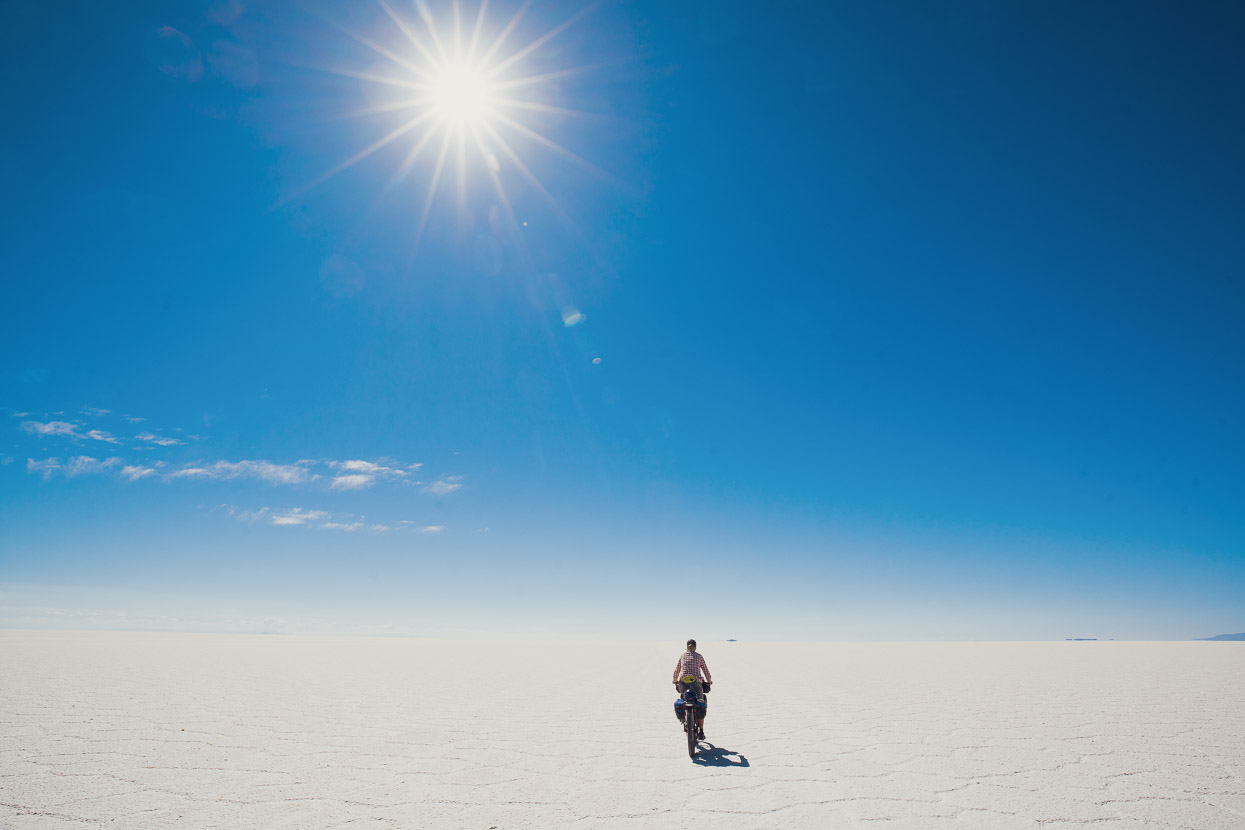
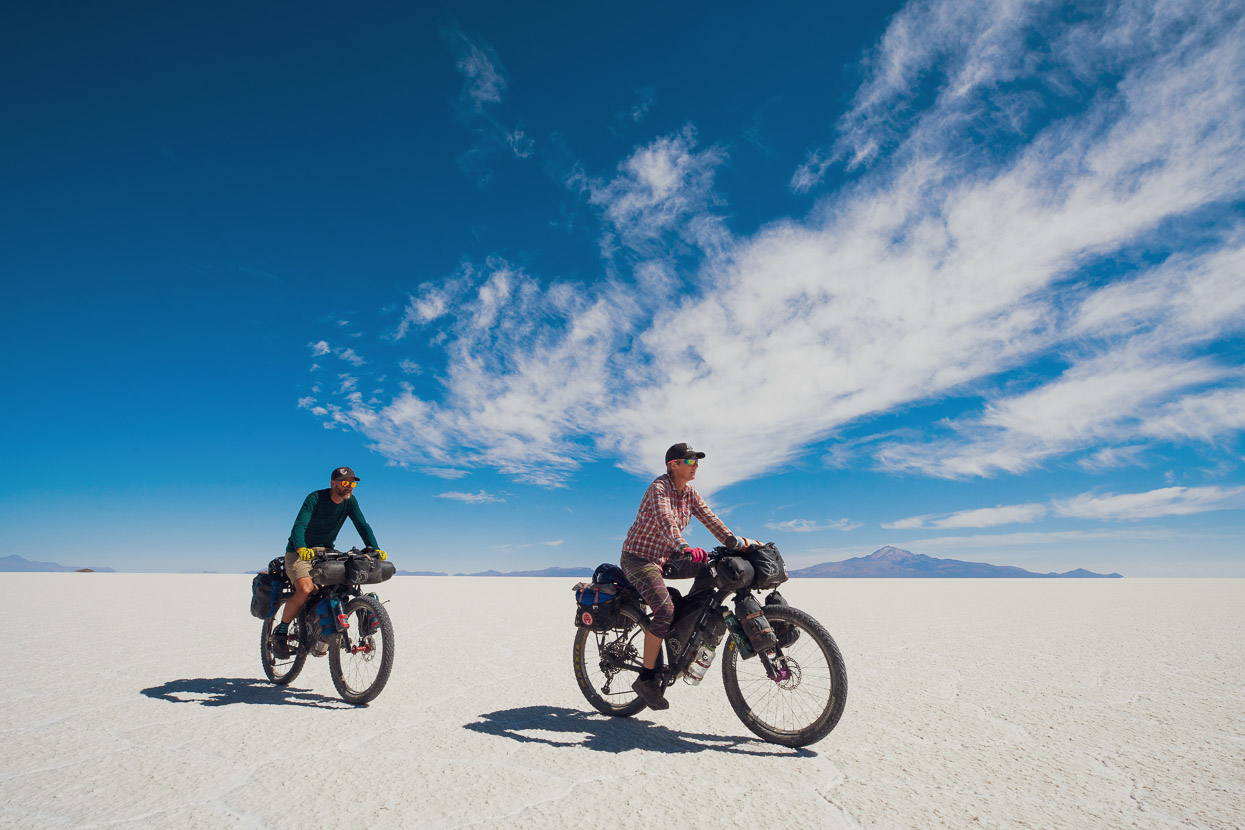
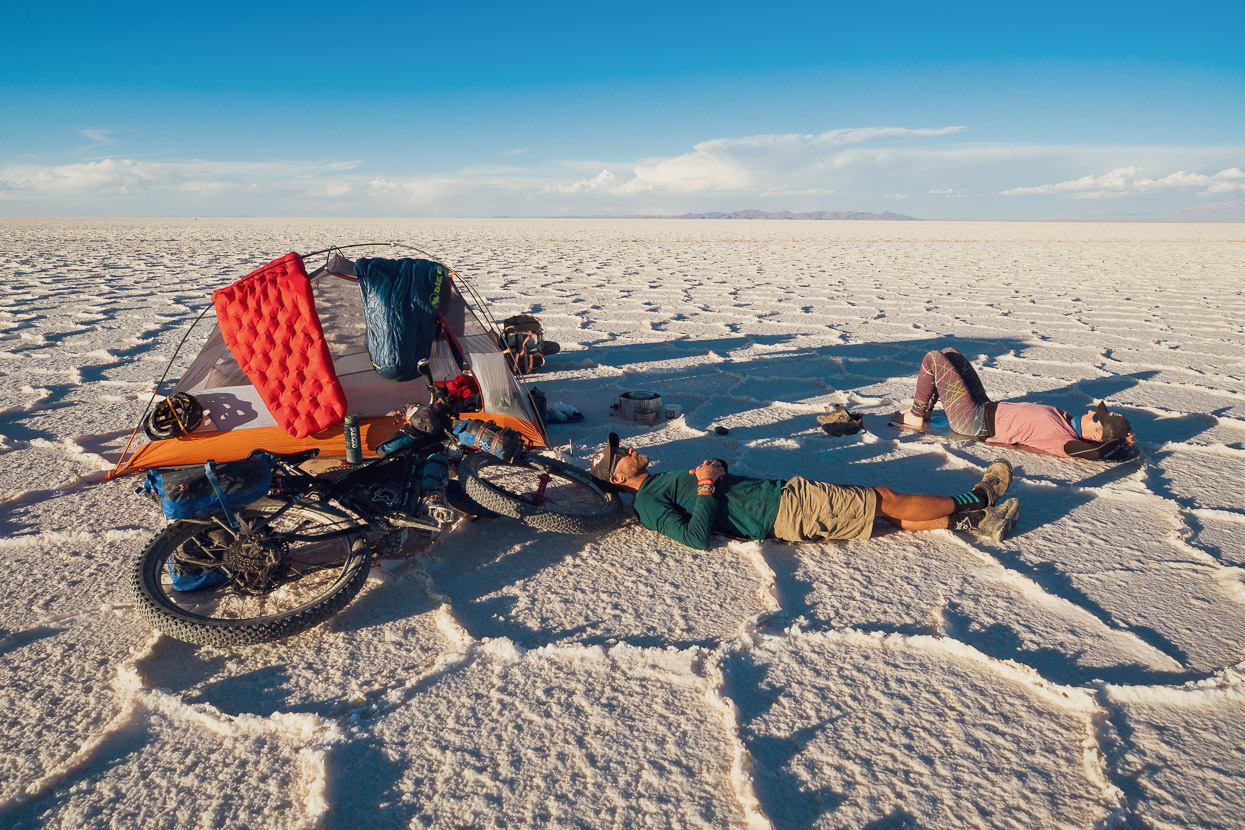
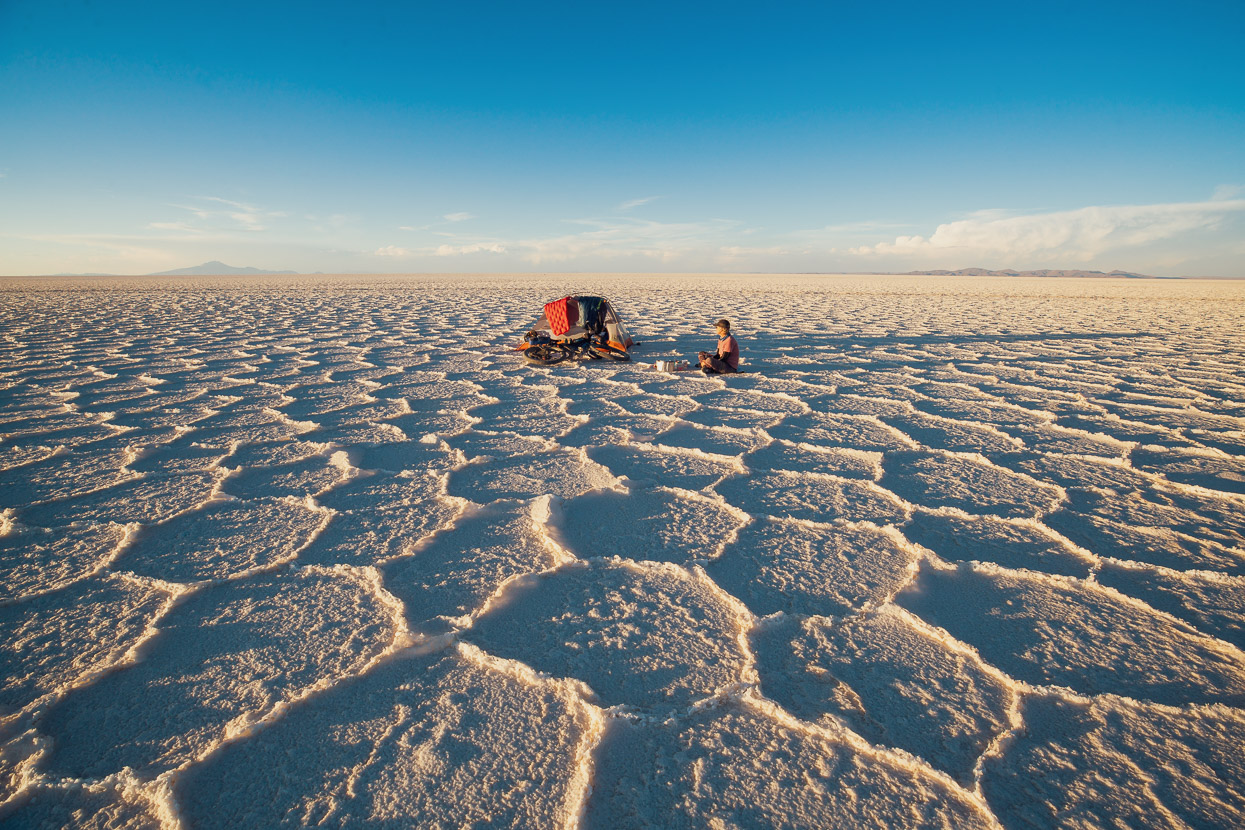
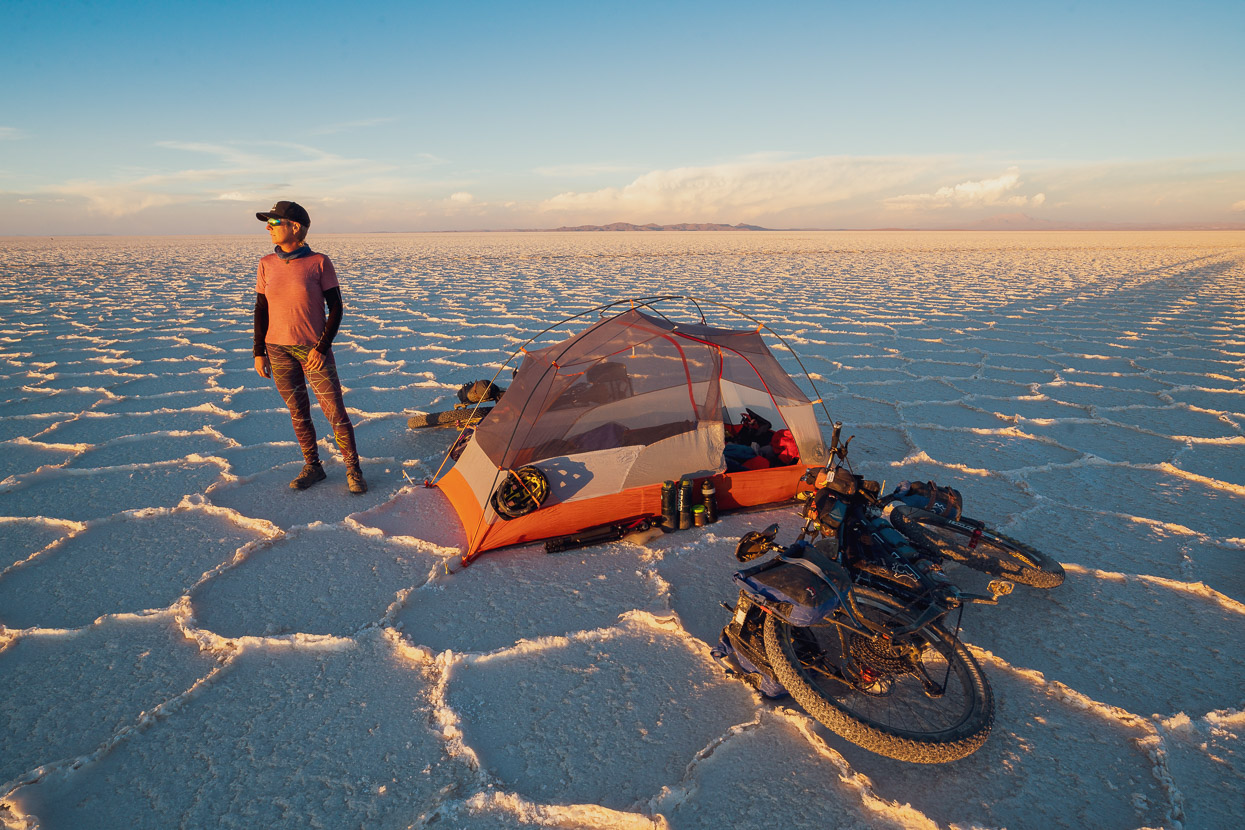
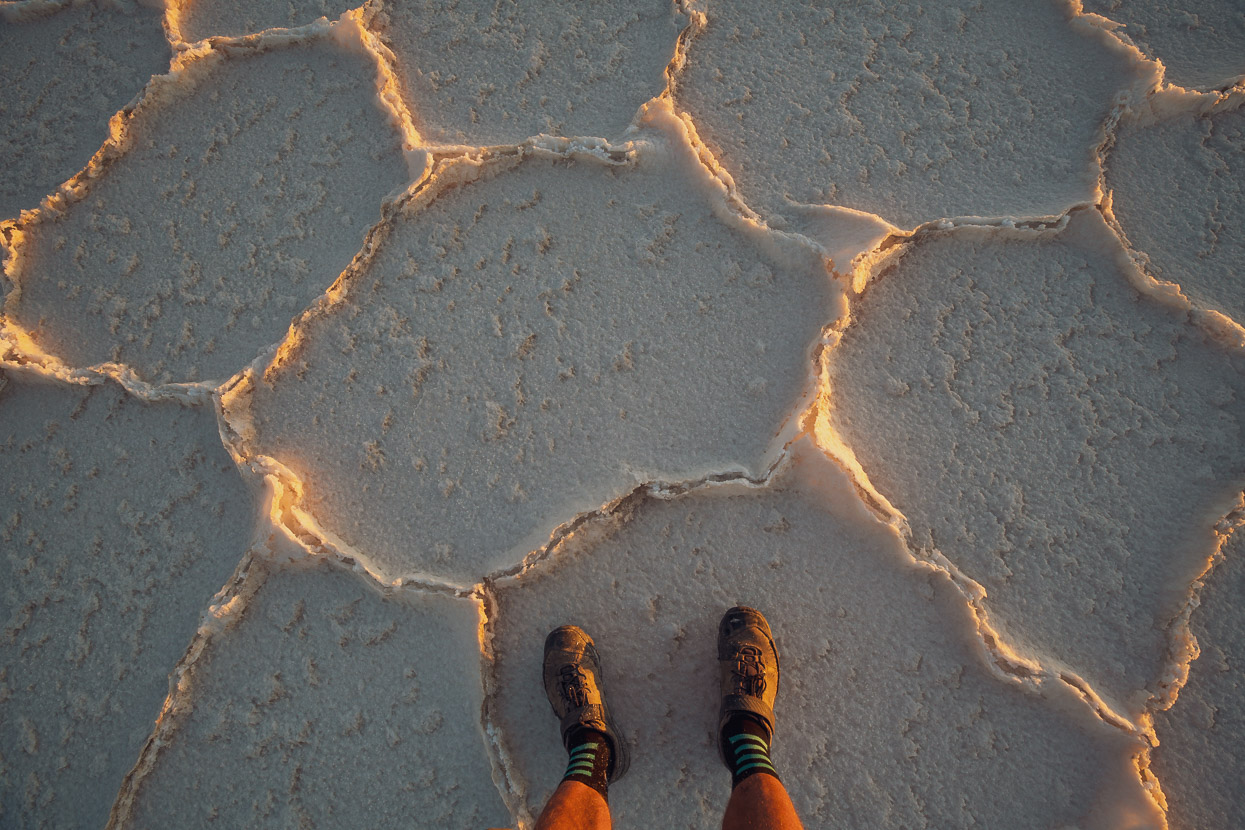
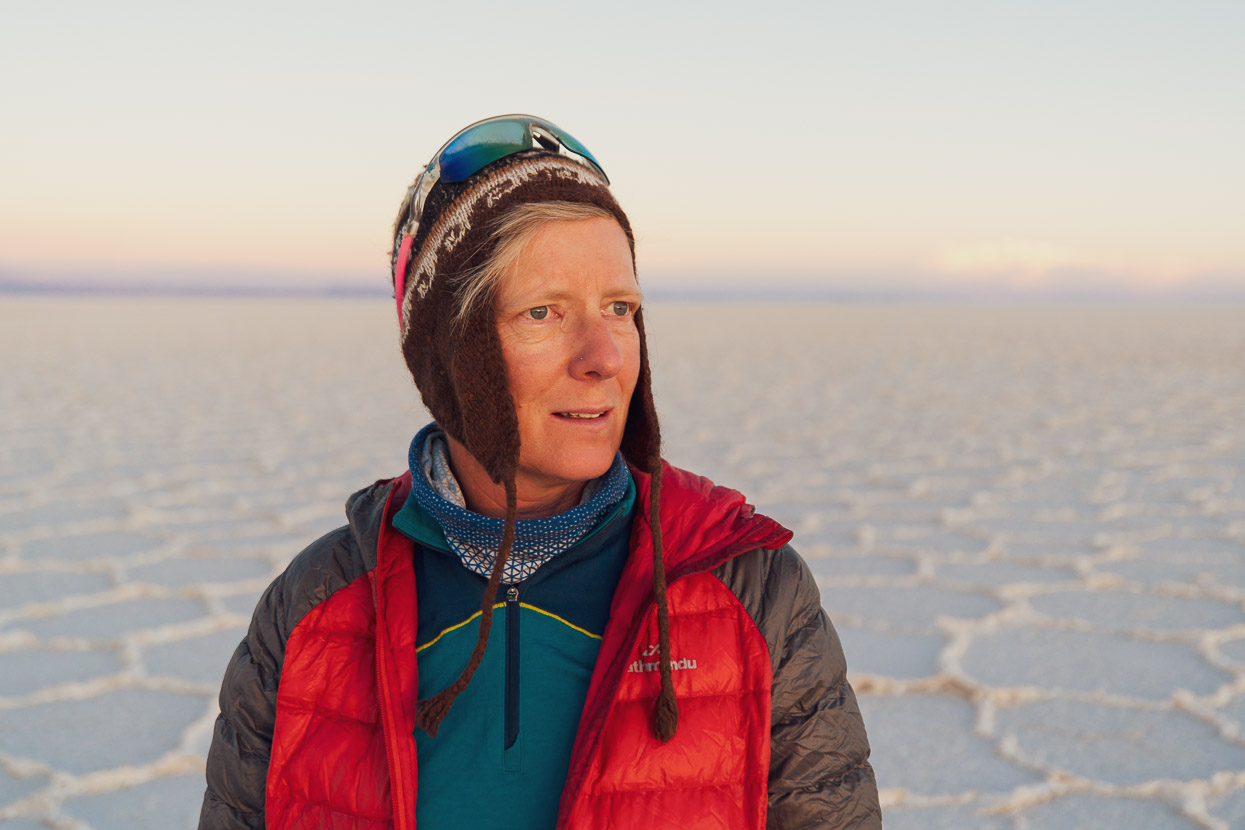
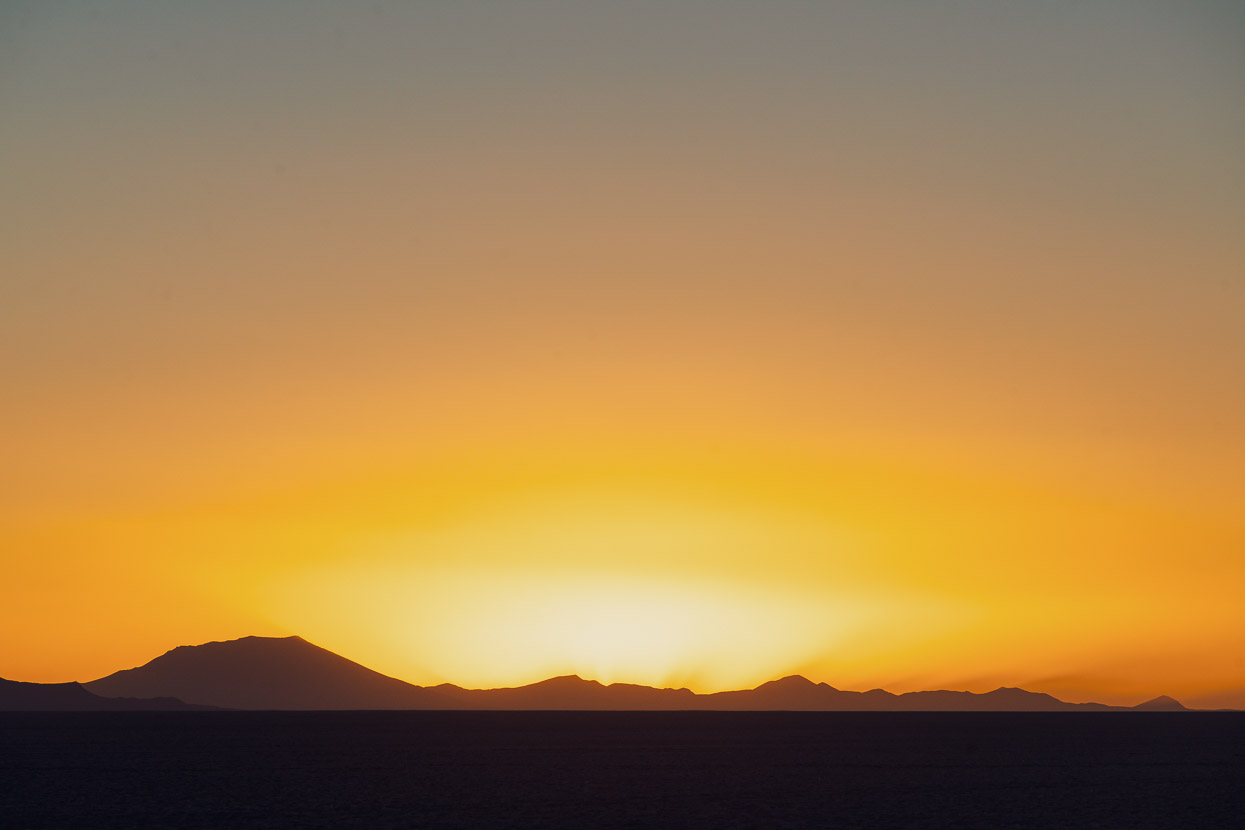
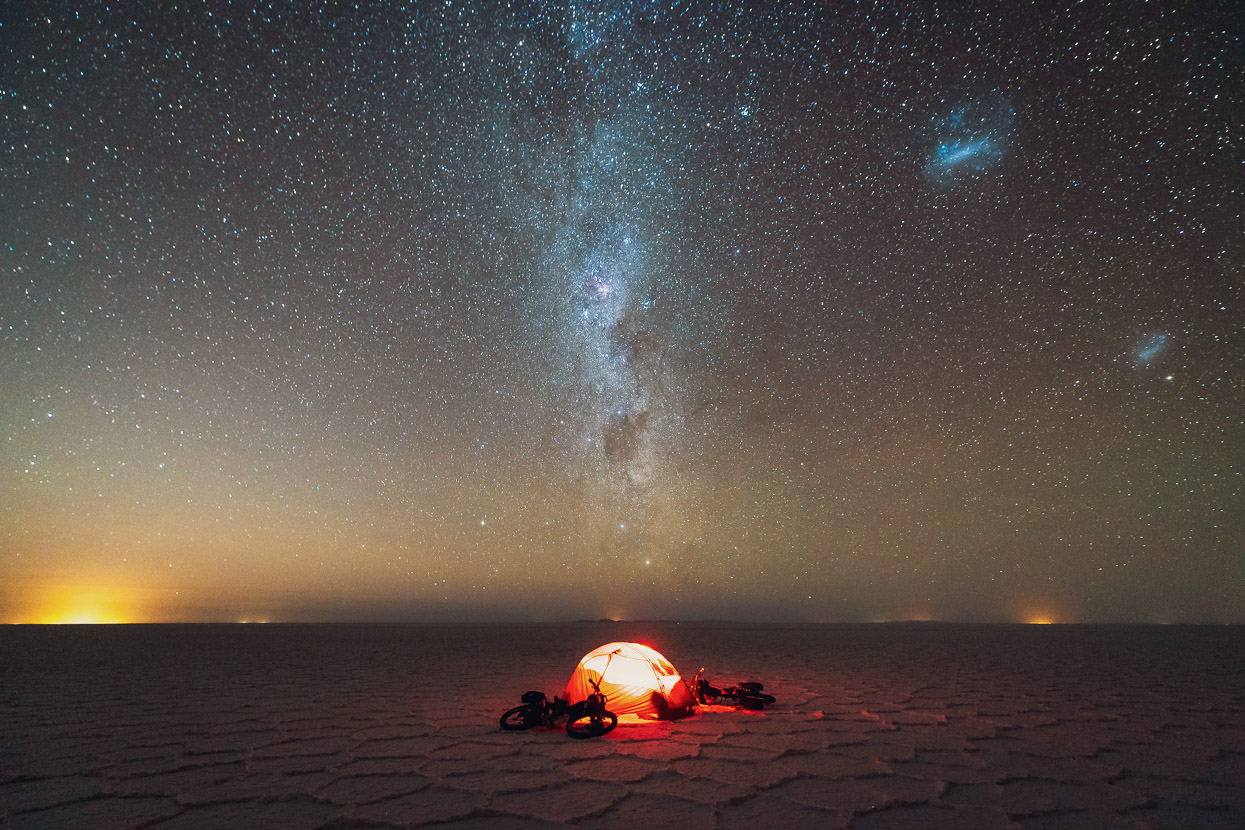
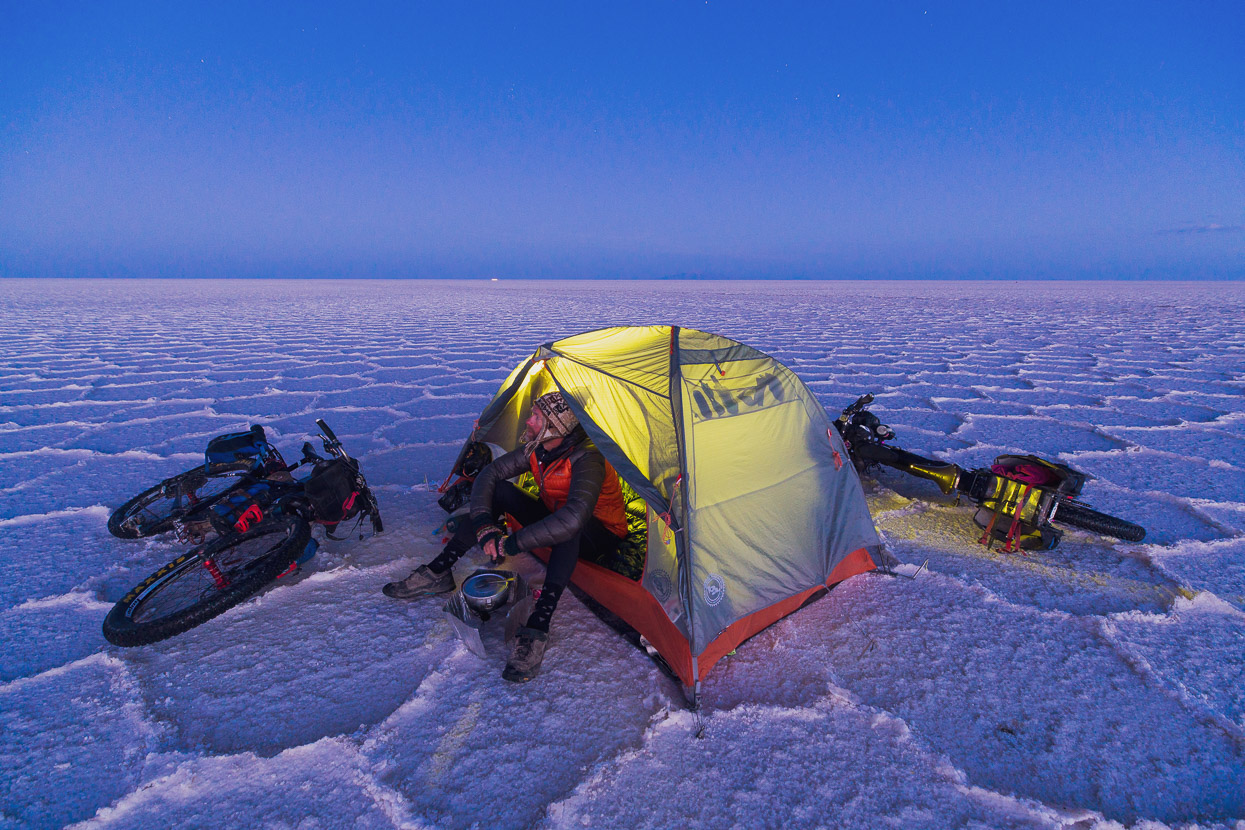
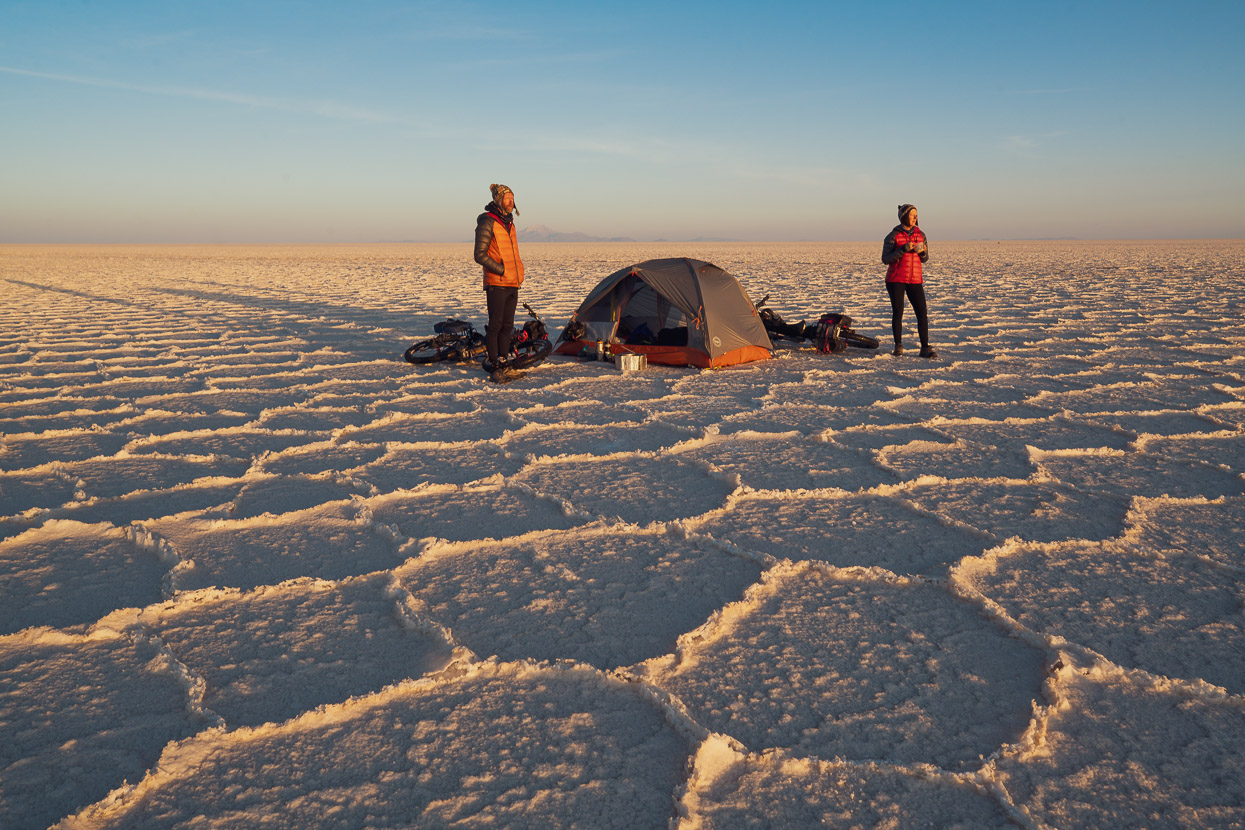
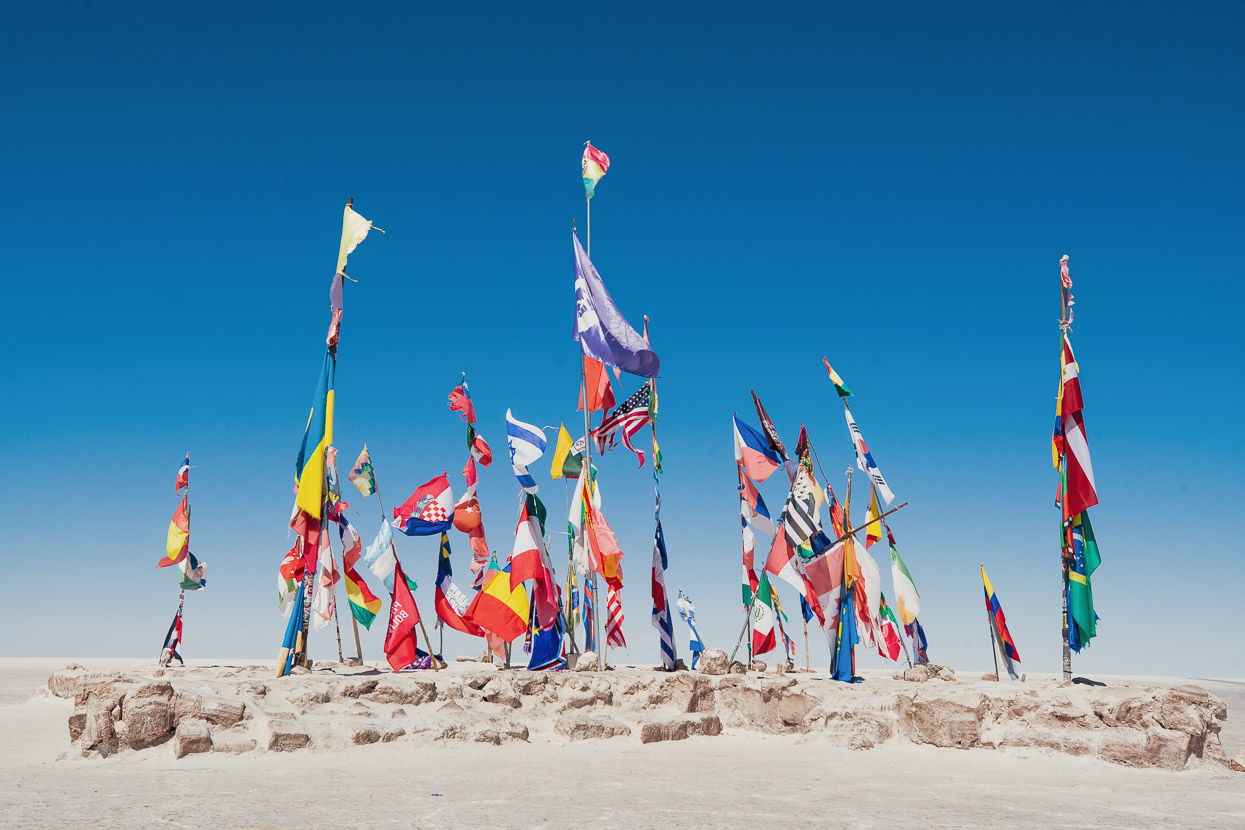
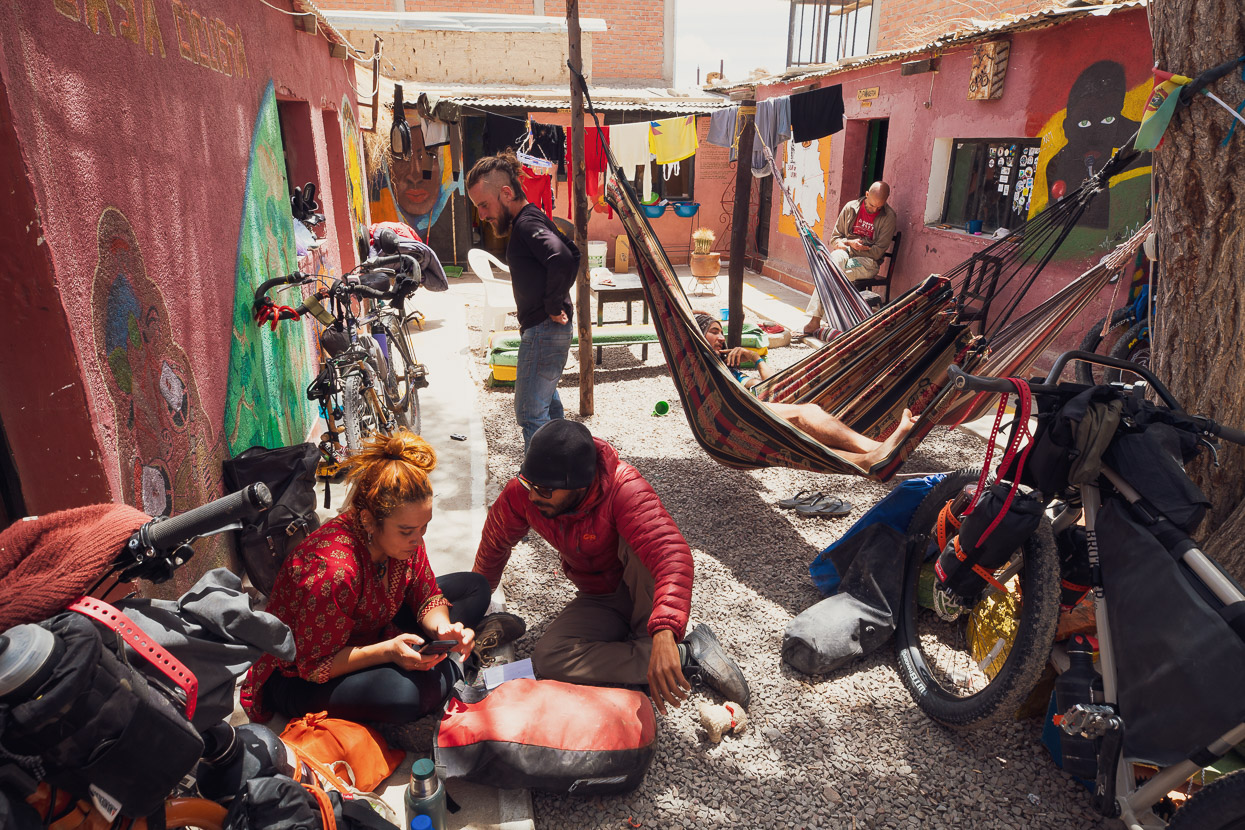
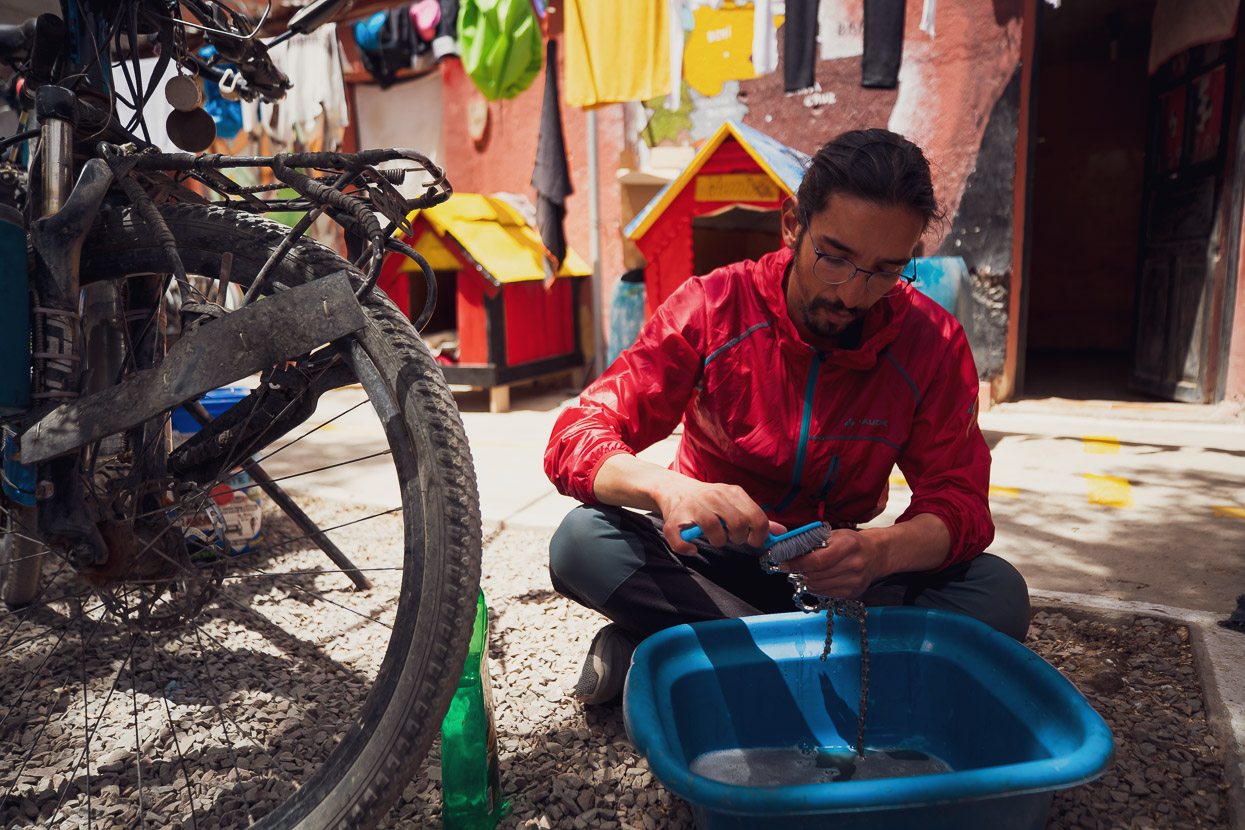
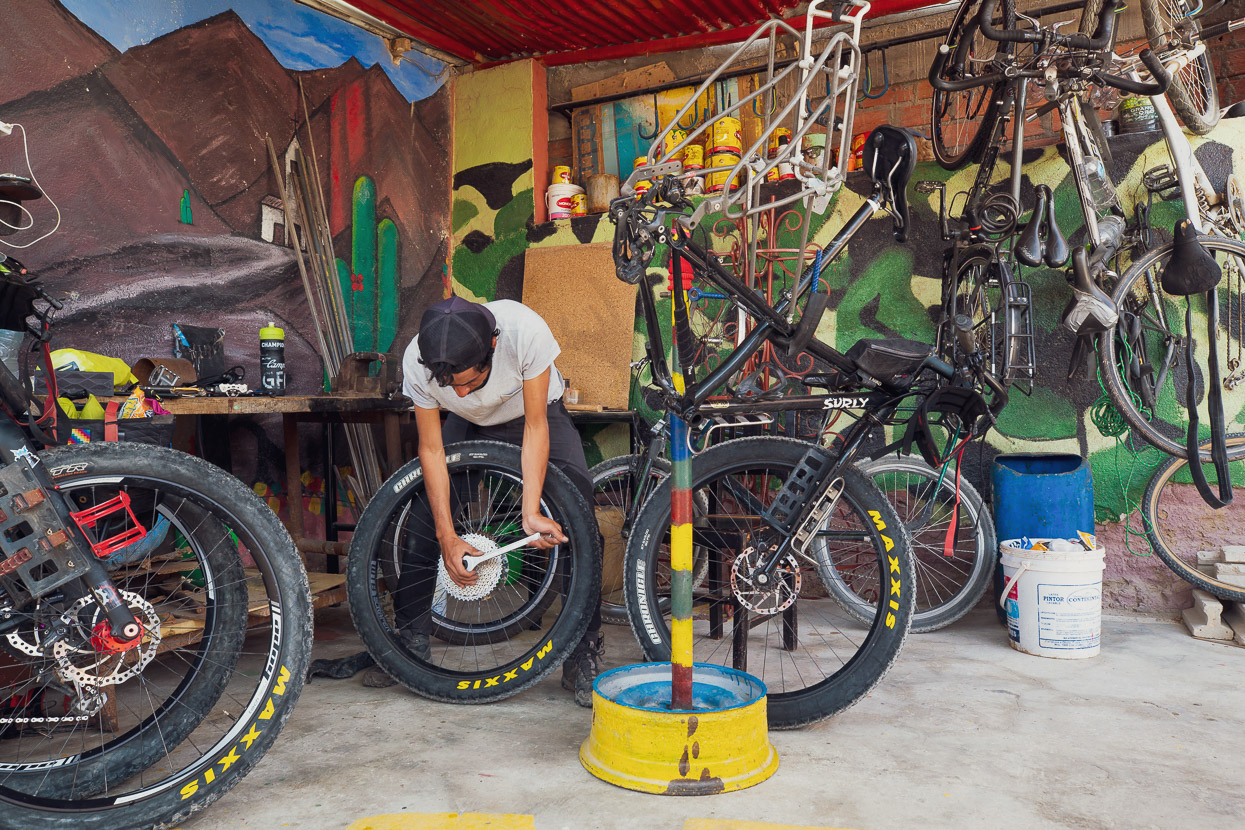
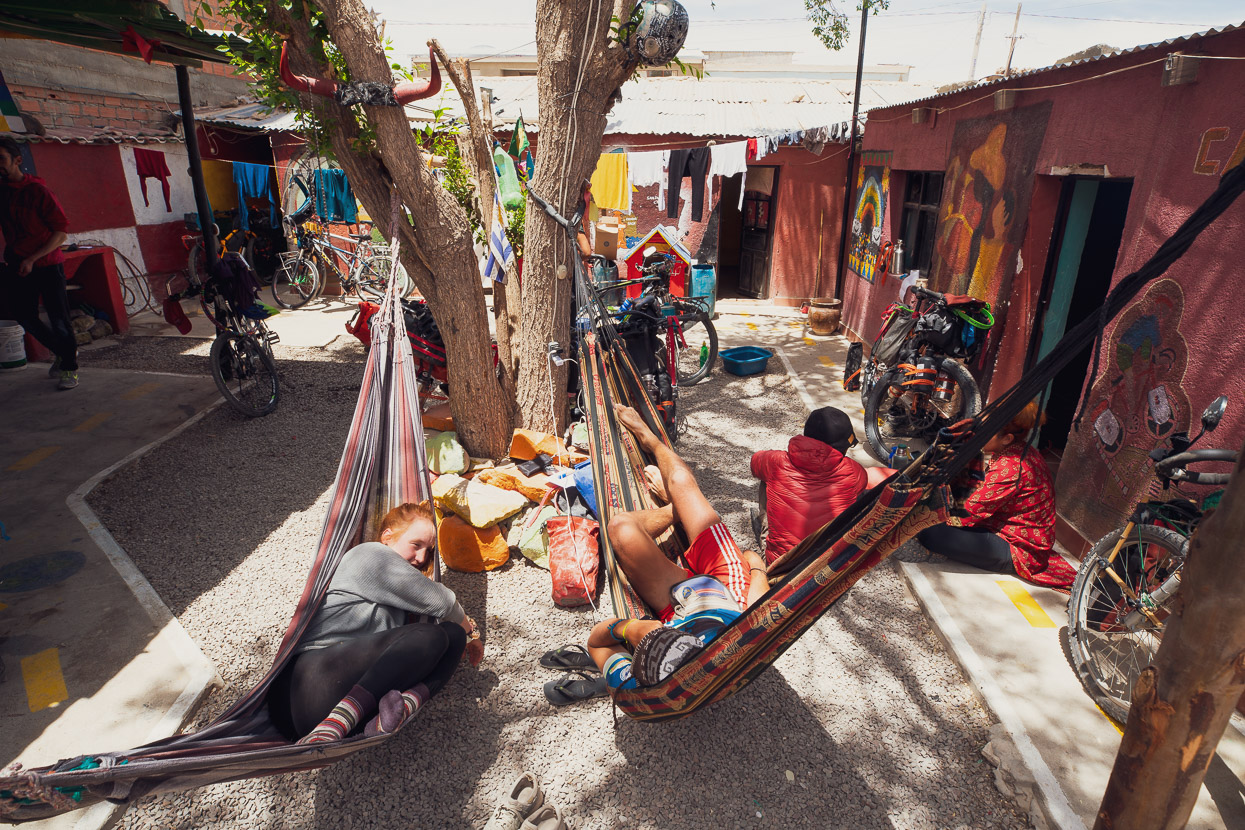




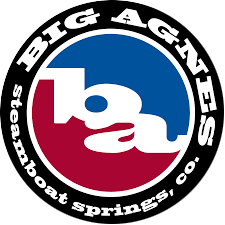





Hi, the blue light picture looks magnificent. I wondered if you had used any filter?
Thanks Keez! No filter used there, it’s just how the light is at that time of the morning (blue hour) although its so early that the camera tends to render it slightly differently to the naked eye. The tone of it has been changed very slightly with my processing.
Hi Guys,
Your star shots are literally out of this world, the results of a very committed photographer.
Great stuff, Coipassa & Uyuni are very special places. Was a bit cooler when we were there.
Safe Riding
Peter
Thanks Peter – it was such an amazing experience!
hi marc,
i just transferred you a hotel night. i am thrilled with what you both did. your photos are masterful. their moods sometimes remind me of my backpacker trips through south america.
do you remember some swiss couple you met in a small café in uyuni? we asked you if we could risk going by bus to la paz (we went to calama, chile because of the civil war, to get to our resieve planning in puno, peru).
there in this café you gave me your homepage address and told me the one or other thing about your admirable journey. it’s a pity that fate has struck with the covid-19. i hope that others will also donate something to you so that you could finish your life dream.
take care! I’ll check in from time to time!
walter and corinne